Viewfinder
a story on extrapolation
"Viewfinder" by Marcel Schwittlick is a data-driven generative art project, inscribed as a
900 edition series on bitcoin using ordinal theory.
Each edition is using a unique combination of two imaging-perspectives a painting by Gustav Klimt, using
their context as a catalyst to extrapolate new meaning from hard data.
"Viewfinder" is a collaboration between Marcel Schwittlick and the Belvedere Museum in Vienna, Austria.
Curated by Ancora.
Edition: 900
Medium: WebGL2/JavaScript, real-time animation, based on 24 digital images of Gustav Klimt paintings, fully
on-chain
(bitcoin/ordinals)
Inscription parent:
efa90daba994f5c1f7d66dea8bdd0c565fd5c34fac51b5dc0d938c87e49d011ci0
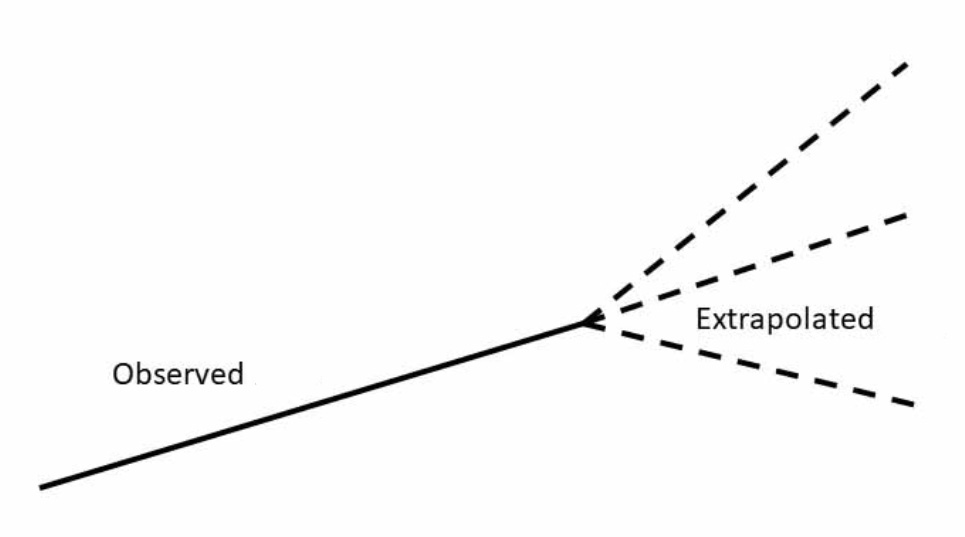
Wir lernen mühselig, und aus Fehler, uns
von »Wozu-« und
»Warum-« für »Wie-Fragen« zu
befreien. Nicht mehr zu sagen: »wir haben Sinnesorgane, um die Welt wahrzunehmen«, und auch
nicht: »wir
nehmen die Welt wahr, weil wir Sinnesorgane haben«, sondern: »so wie die Sinnesorgane sind, so
wird die
Welt wahrgenommen«. Betrachtet man diese drei Formulierungen oberflächlich, dann erkennt man
nicht, dass
es um völlig verschieden Einstellungen zur Welt geht. In der ersten Formel ist die Welt so wie
sie eben
ist, und die Sinnesorgane haben den Zweck, uns darin zu orientieren. In der zweiten Formel sind
es die
Sinnesorgane, die so sind wie sie eben sind, und die Welt ist das, was in sie eindringt. In der
dritten
Formel ist die Wahrnehmung selbst so wie sie eben ist, und die Welt und Sinnesorgane sind nur
die beiden
extrapolierten Horizonte des Wahrnehmens, des »Konkreten«.
Vilém Flusser über Karl
Gerstner, 1992, 3-89322-478-5
We learn laboriously, and from errors, to
free ourselves from "what for" and "why" for "how-questions." No longer to say: "we have sense
organs in order to perceive the world," and also not: "we perceive the world because we have
sense organs," but rather: "as the sense organs are, so is the world perceived." If one
considers these three formulations superficially, then one does not recognize that it concerns
completely different attitudes toward the world. In the first formula the world is as it simply
is, and the sense organs have the purpose of orienting us within it. In the second formula it is
the sense organs that are as they simply are, and the world is that which penetrates into them.
In the third formula perception itself is as it simply is, and the world and sense organs are
only the two extrapolated horizons of perceiving, of the "concrete."
Vilém Flusser on
Karl Gerstner, 1992, 3-89322-478-5
✋⟷✋
Extrapolation, by its very nature, is an act of speculation – a mathematical and philosophical venture into
the unknown, based on established patterns. Where interpolation connects known points with reasonable
certainty, extrapolation reaches beyond the boundaries of what we can directly observe, proposing what might
exist if patterns continue. In this project, I embrace the inherent uncertainty and creative potential of
extrapolation as a conceptual framework.
✋⤿✋
Why Two Image Layers?
The core method of this work is about the extrapolation of two images, two different perspectives of the
same motif.
The power of using two different image layers (such as standard photography and infrared or X-ray and
ultraviolet) lies in the contextual relationship they create. A single image transformation might produce
interesting effects, but lacks the meaningful dialogue that emerges between two perspectives of the same
subject. By extrapolating between two different imaging techniques, patterns emerge that reveal something
about their relationship – how structure informs appearance, how underdrawings influence final composition.
These different imaging techniques each reveal distinct aspects of Klimt's process – the visible surface
that audiences have known for a century, the preliminary sketches visible under UV light, the structural
elements revealed by X-rays. By algorithmically extending beyond these known perspectives, this work
speculates on another dimensional layer of these paintings, one that exists only in the digital realm but is
directly derived from the physical artwork.
The resulting compositions invite viewers to reconsider what we mean by "seeing" an artwork completely,
suggesting that even our most advanced imaging technologies capture only specific facets of the whole.
Through digital extrapolation, we can imagine new ways of engaging with historical art that honor both
preservation and reimagination.
+
↓
⬈👆
Selected stills
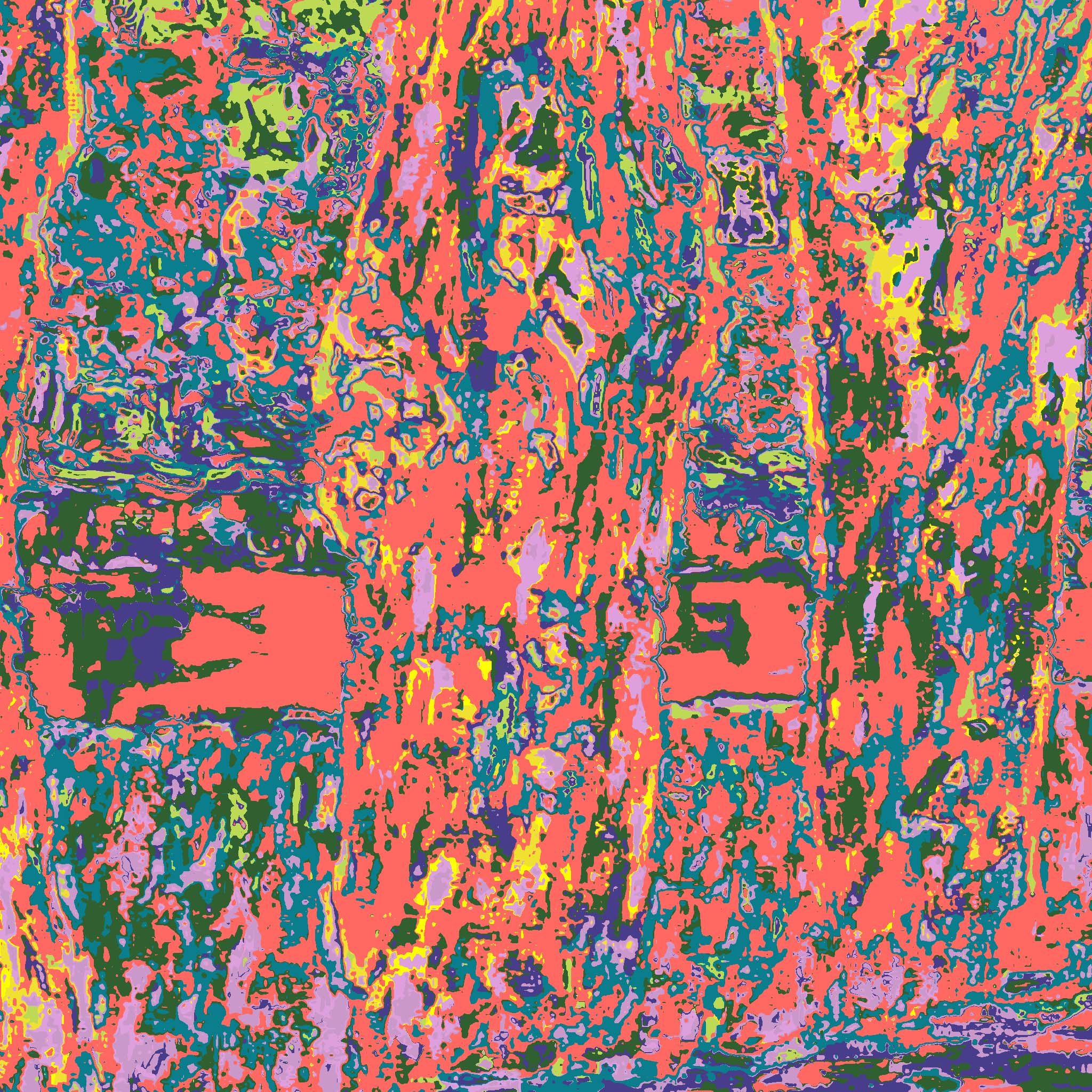
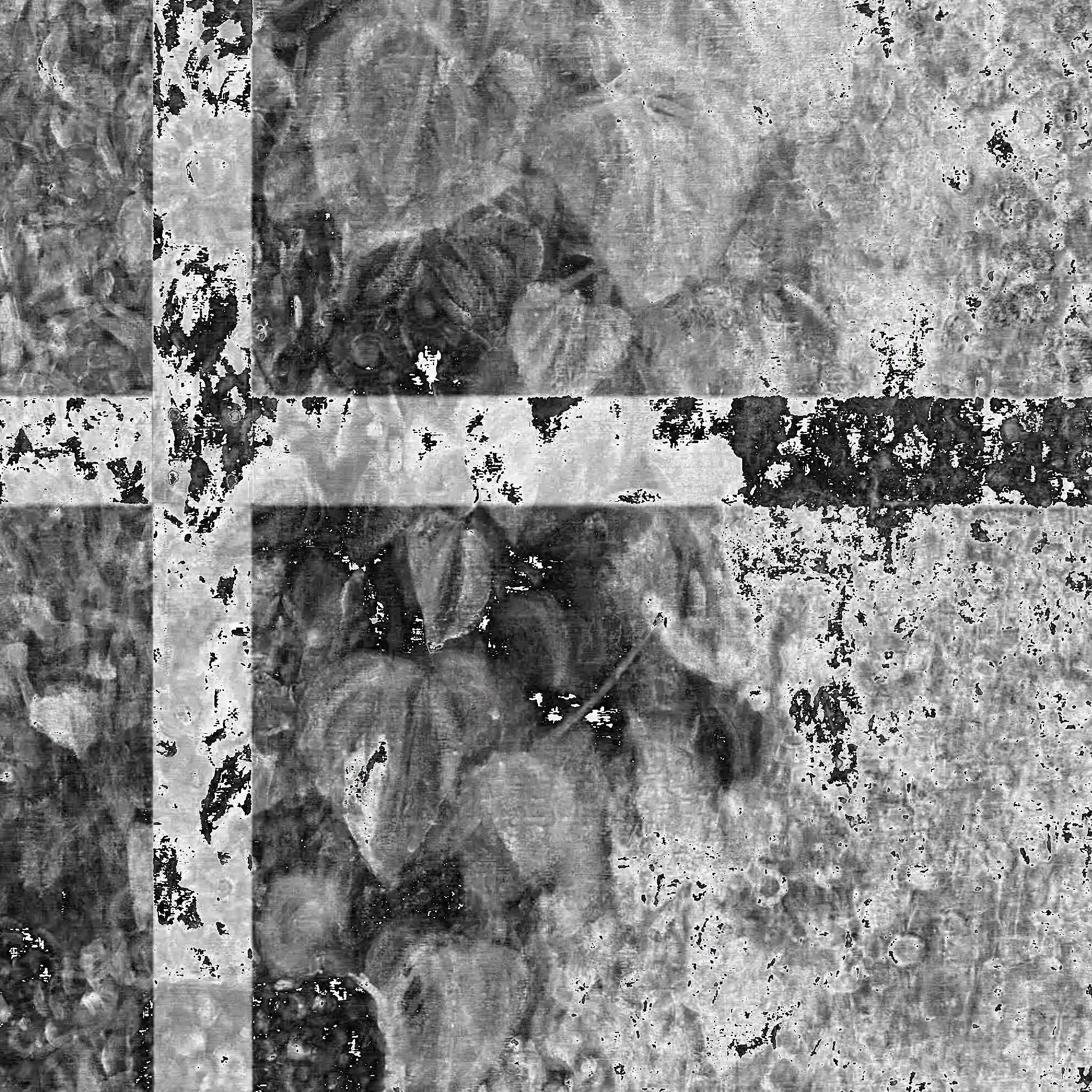
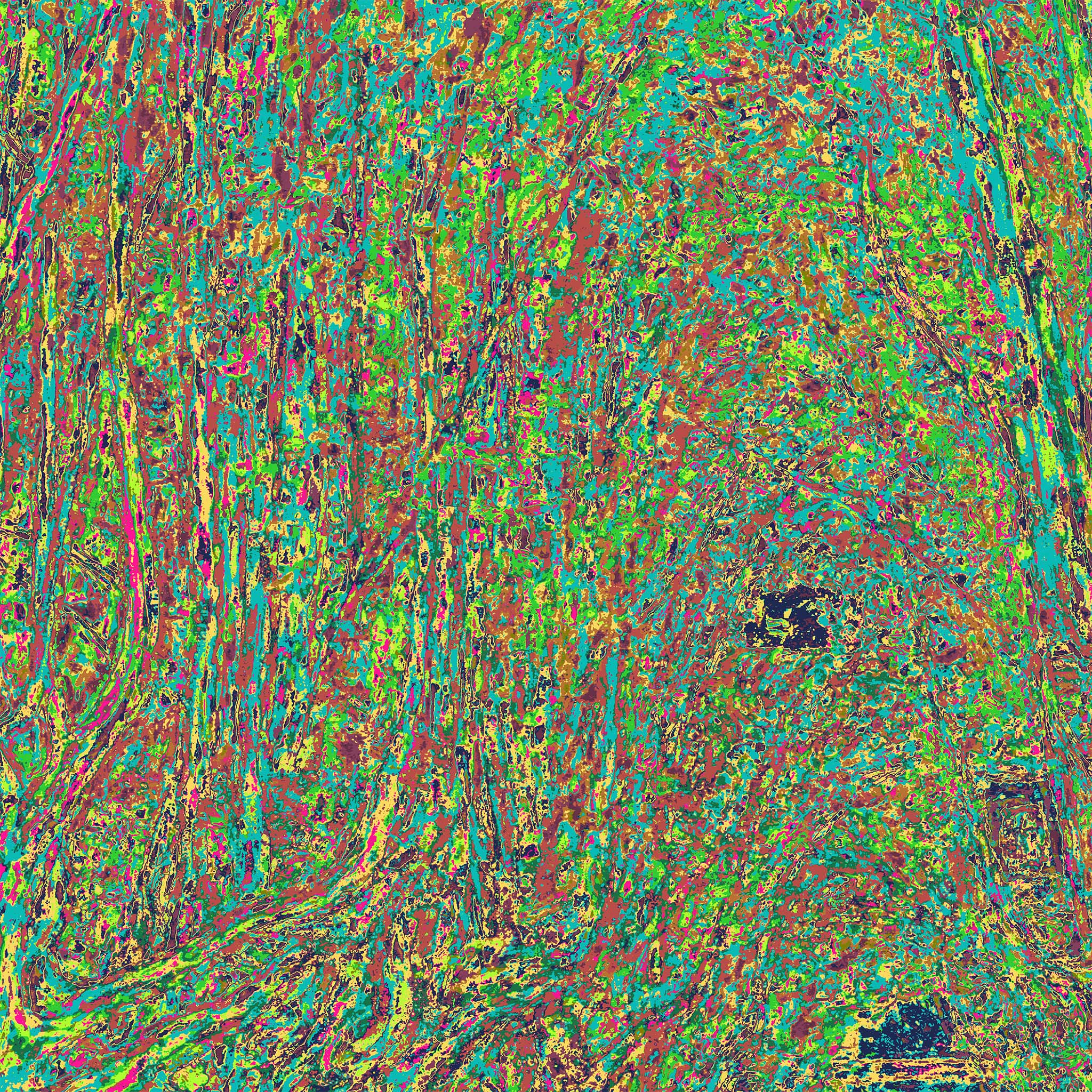
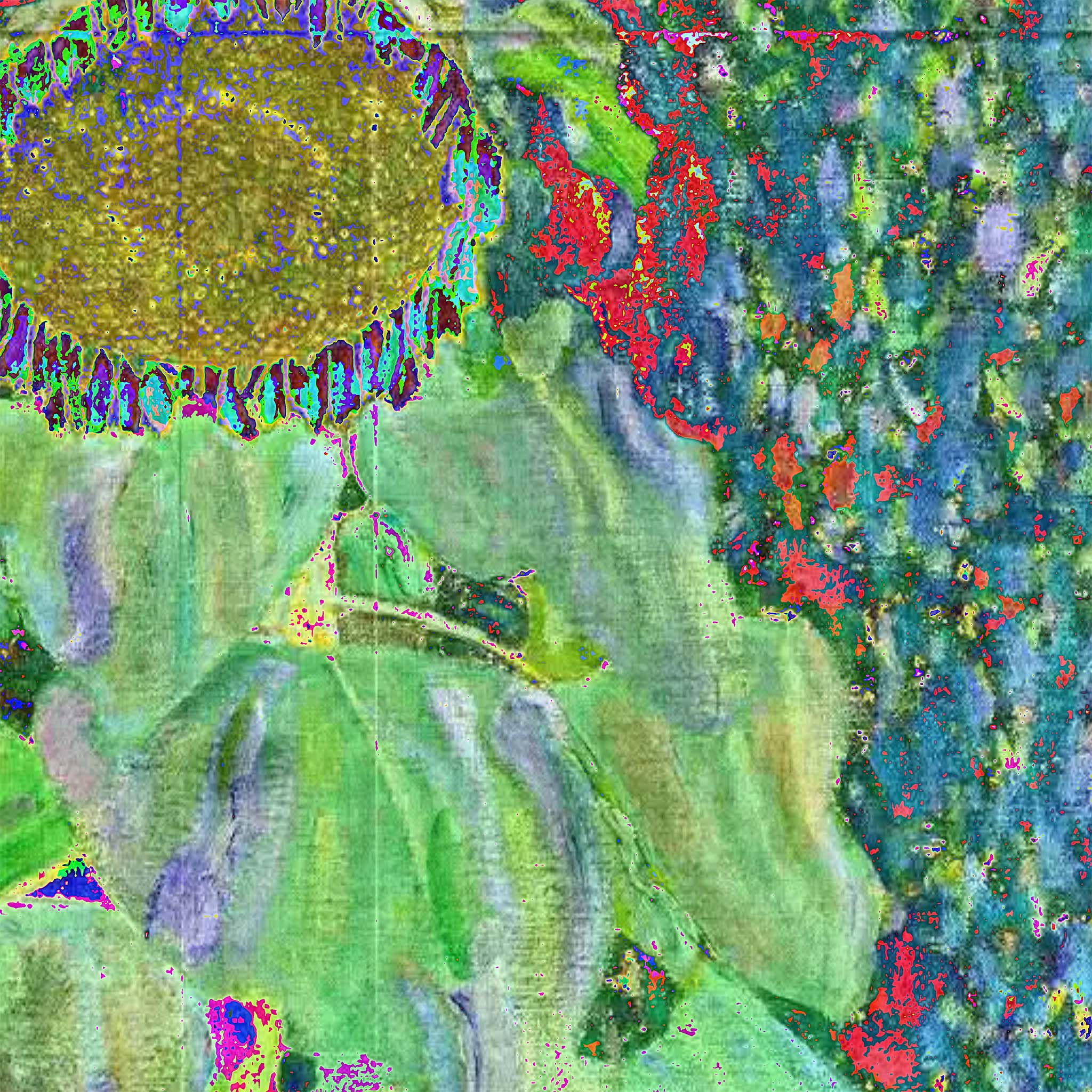
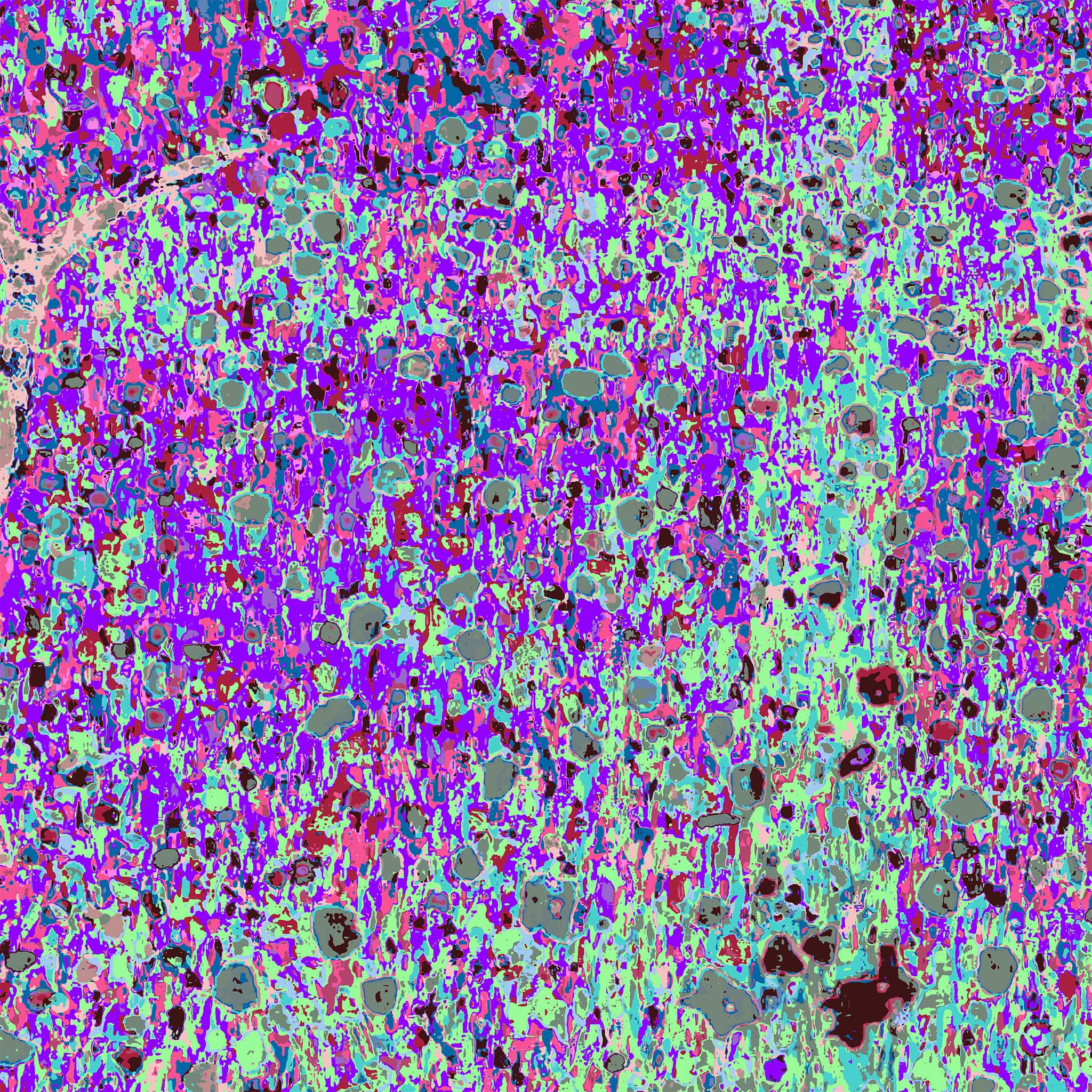

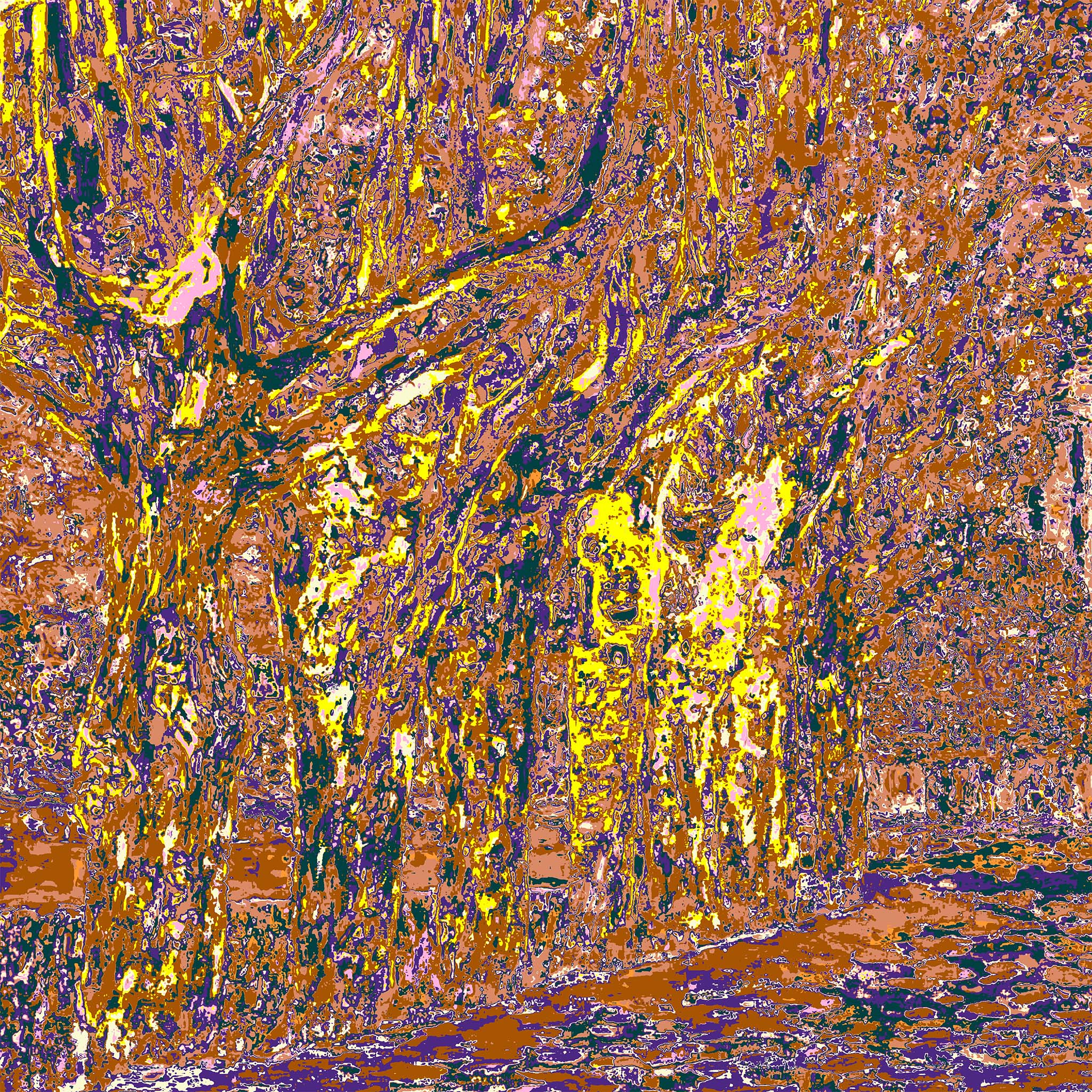
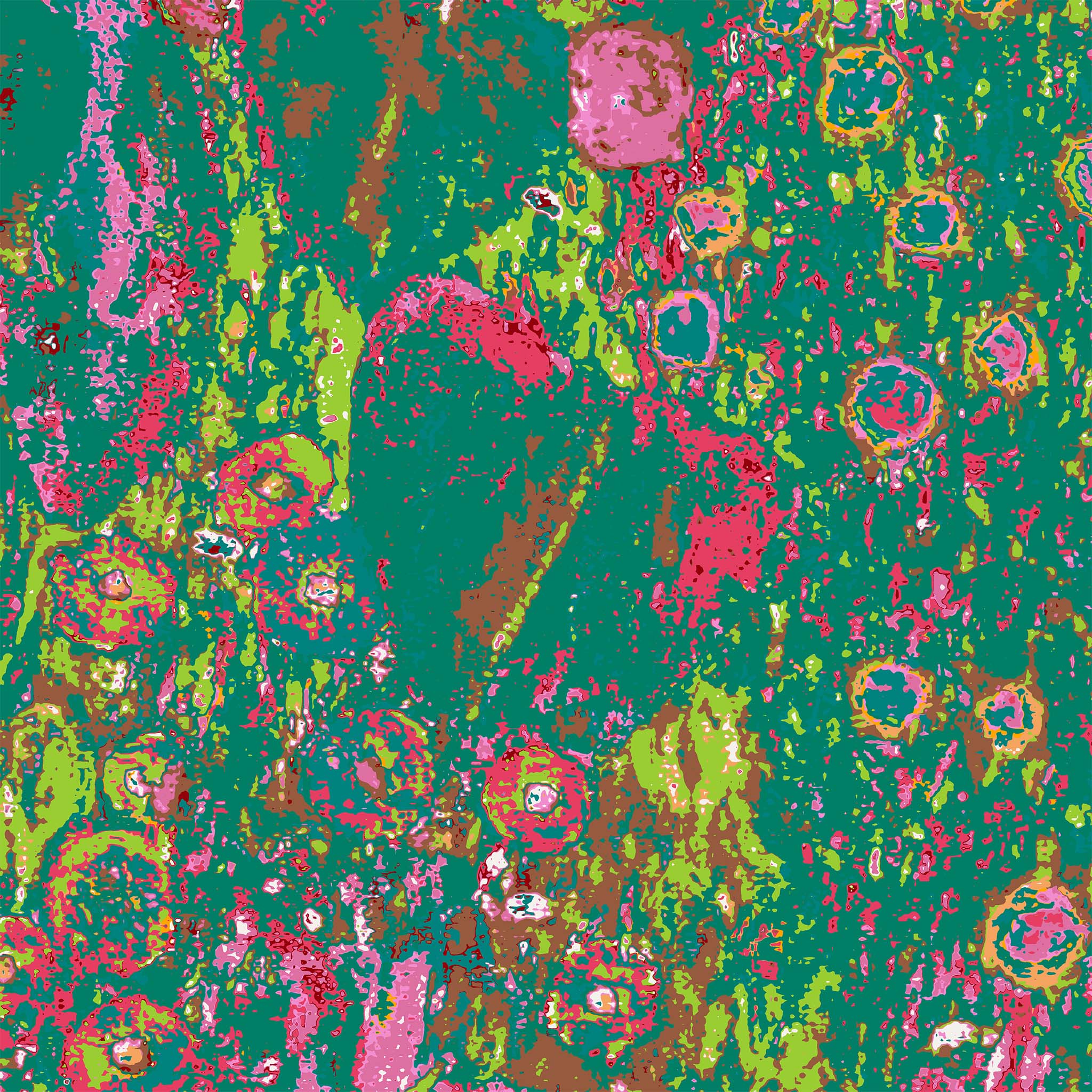

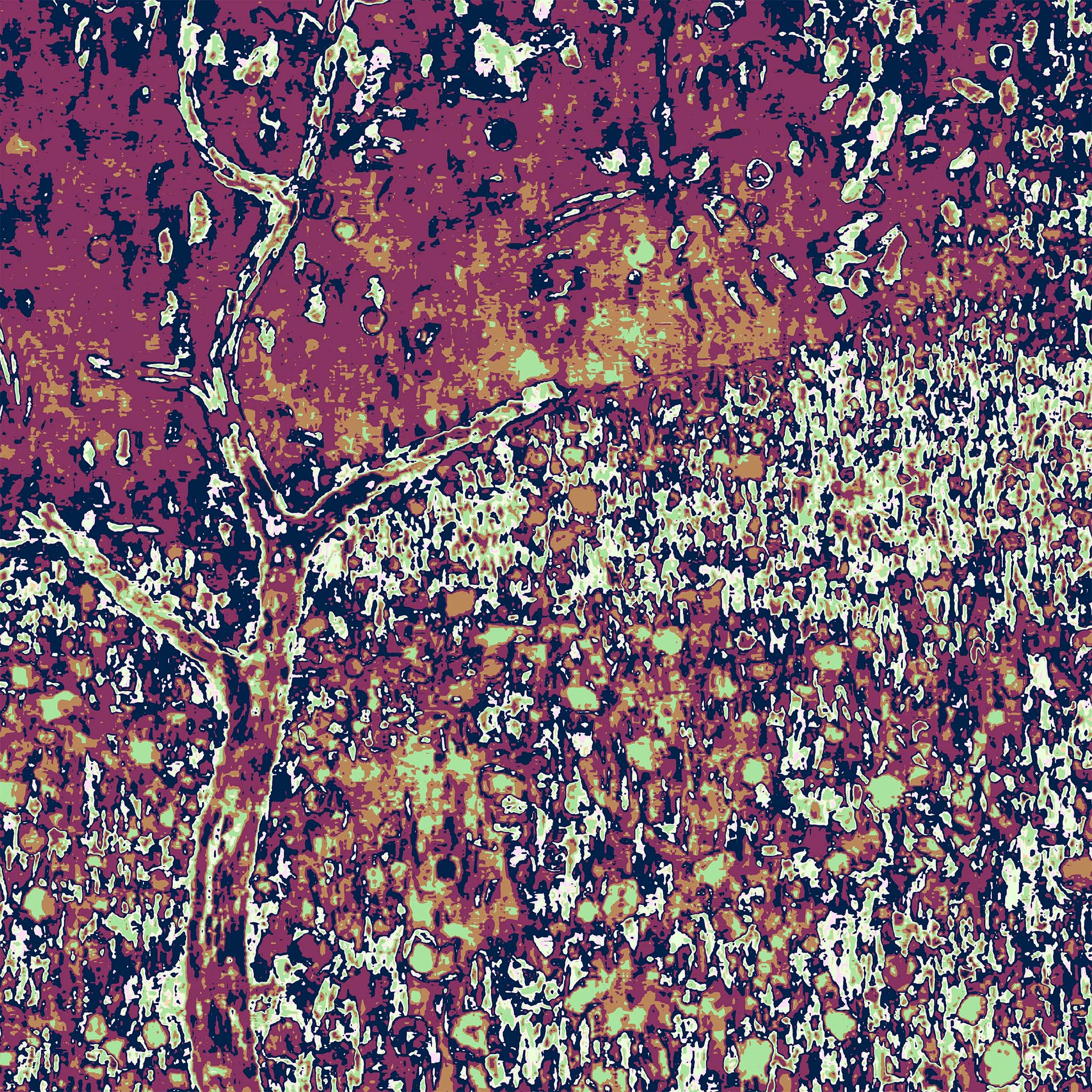
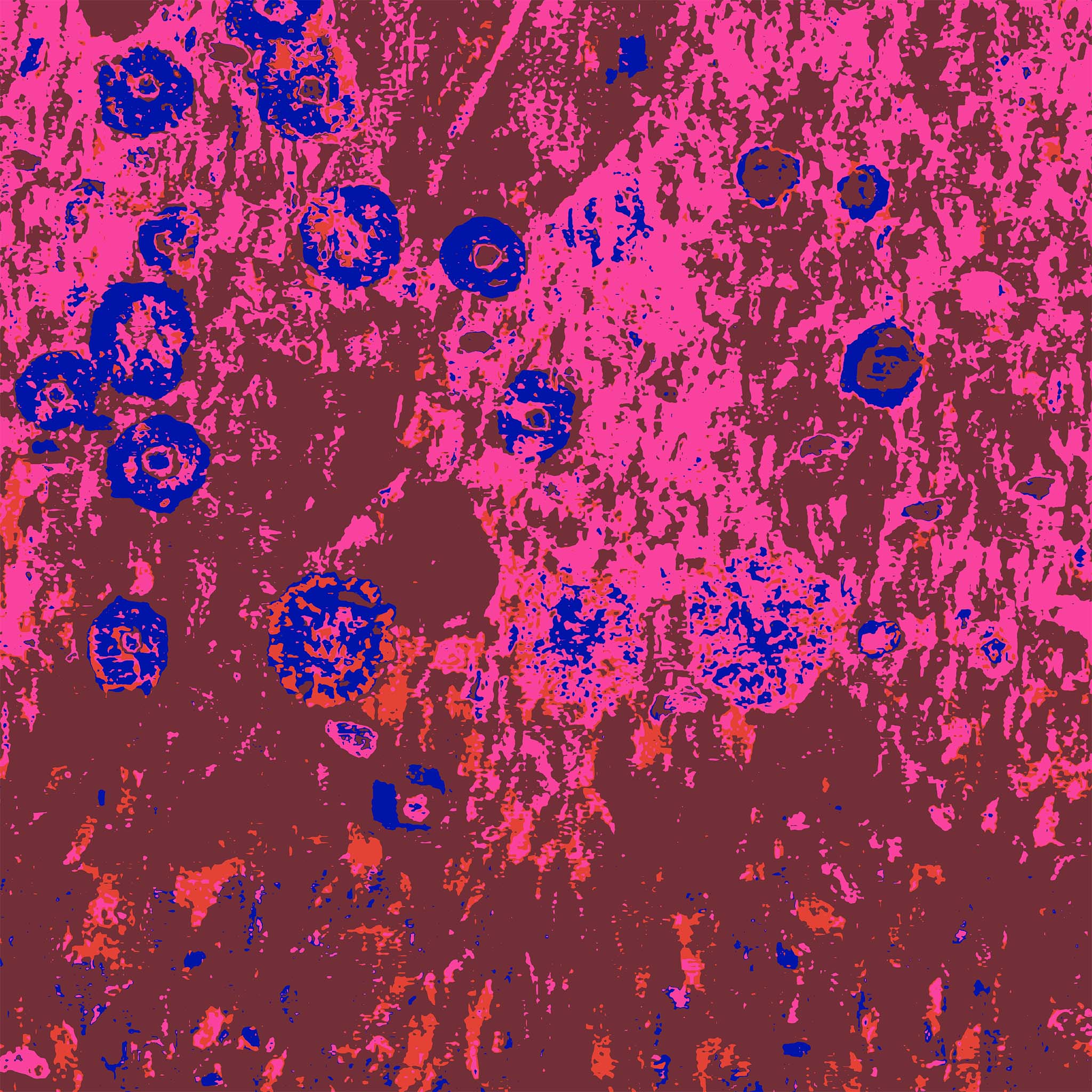
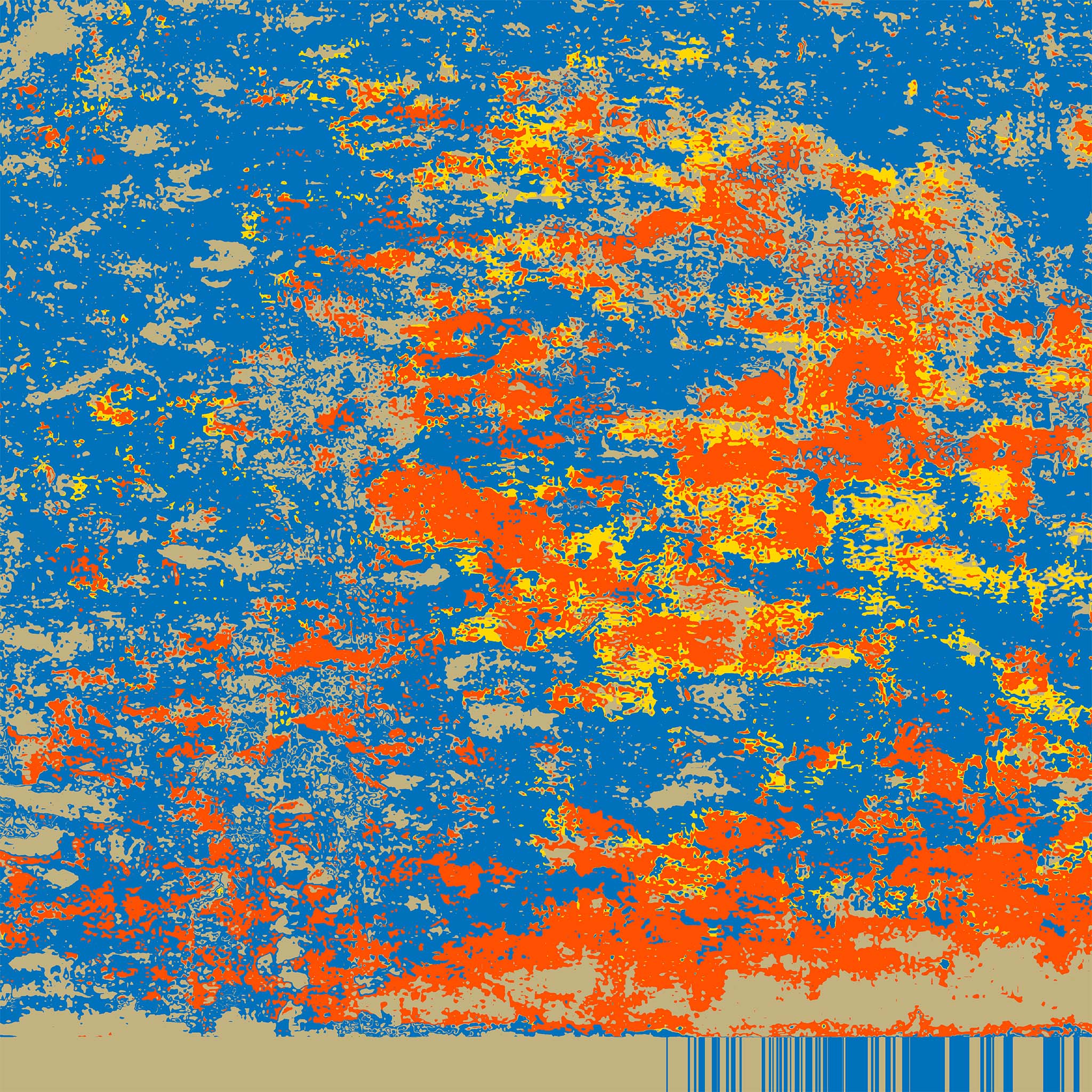
Zoom levels
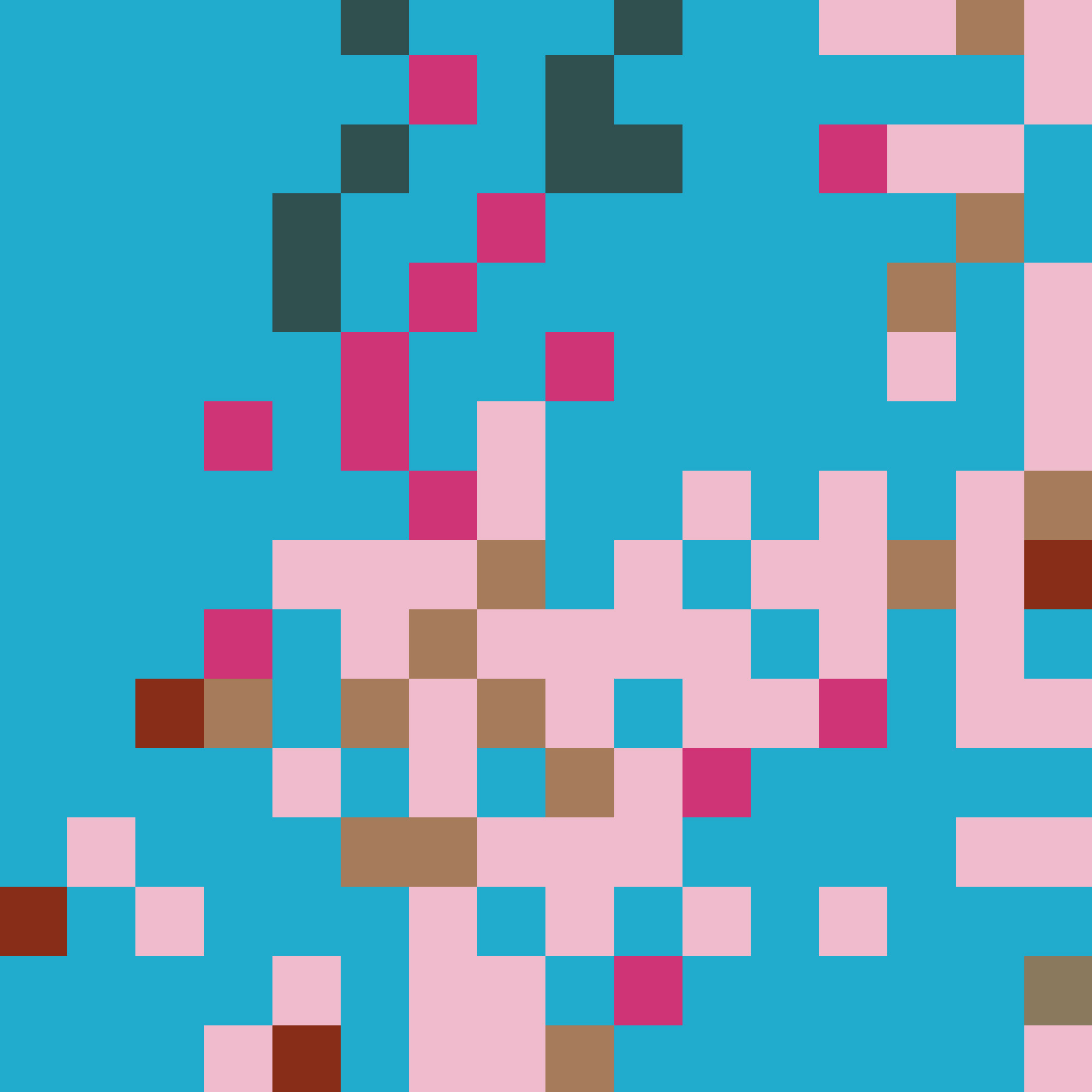
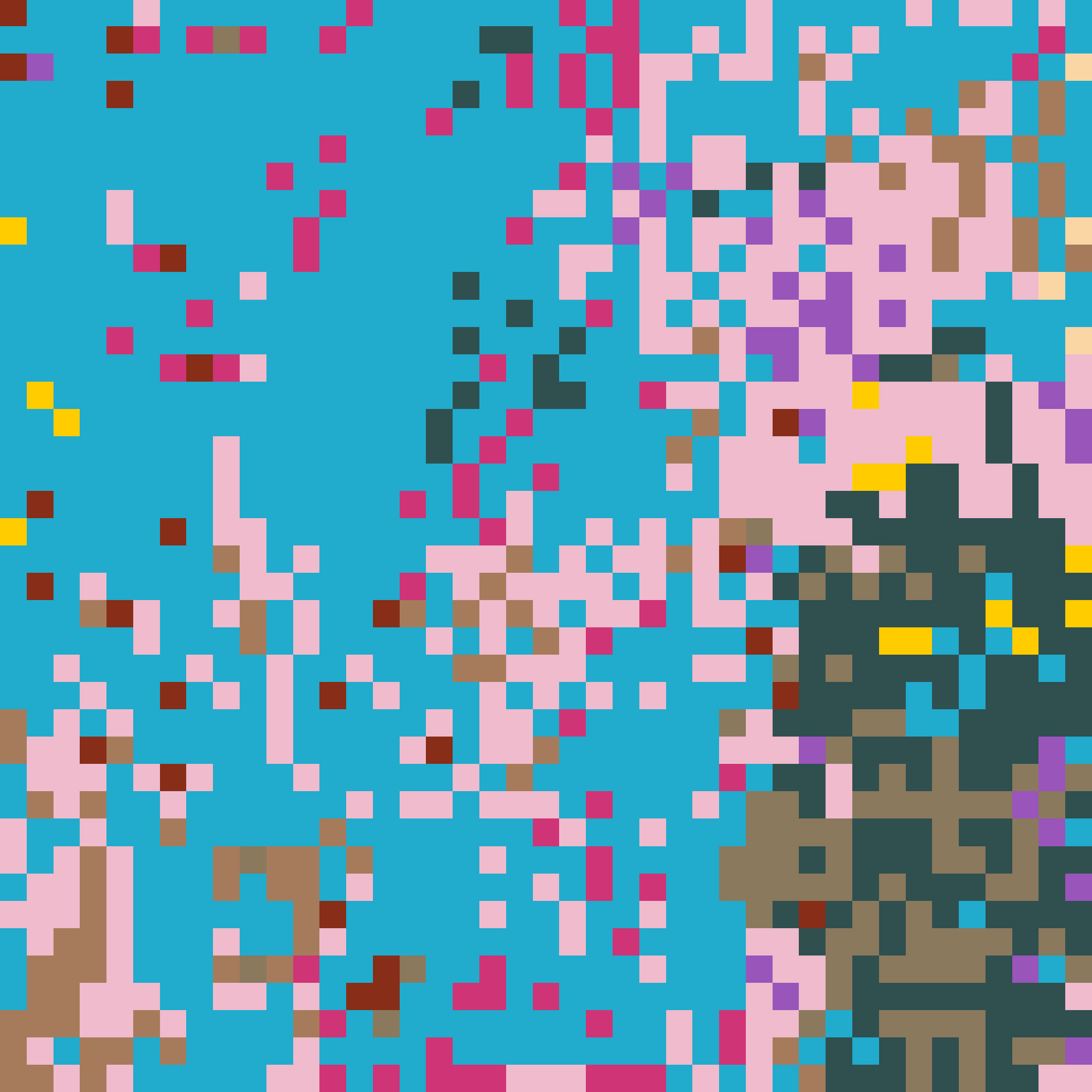
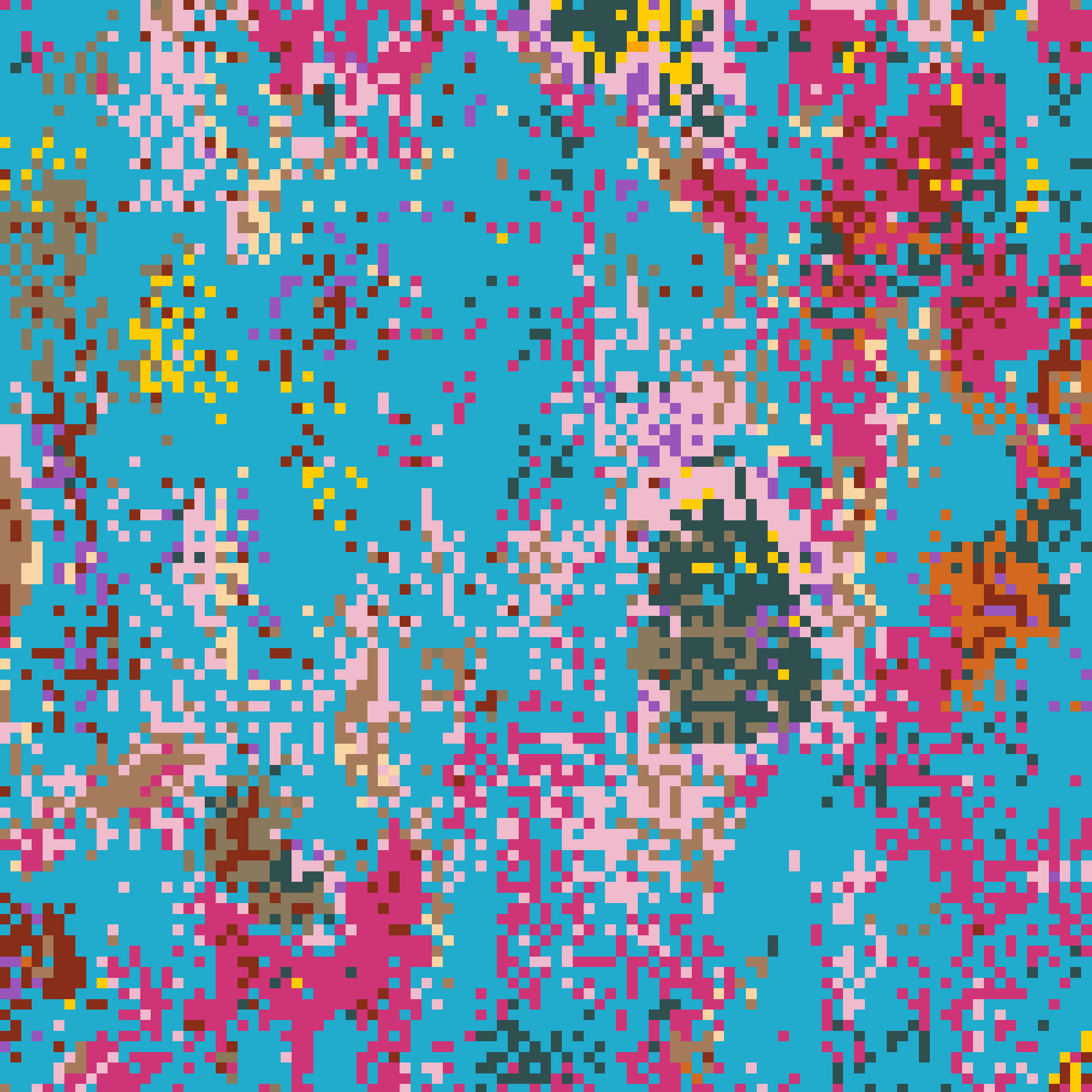
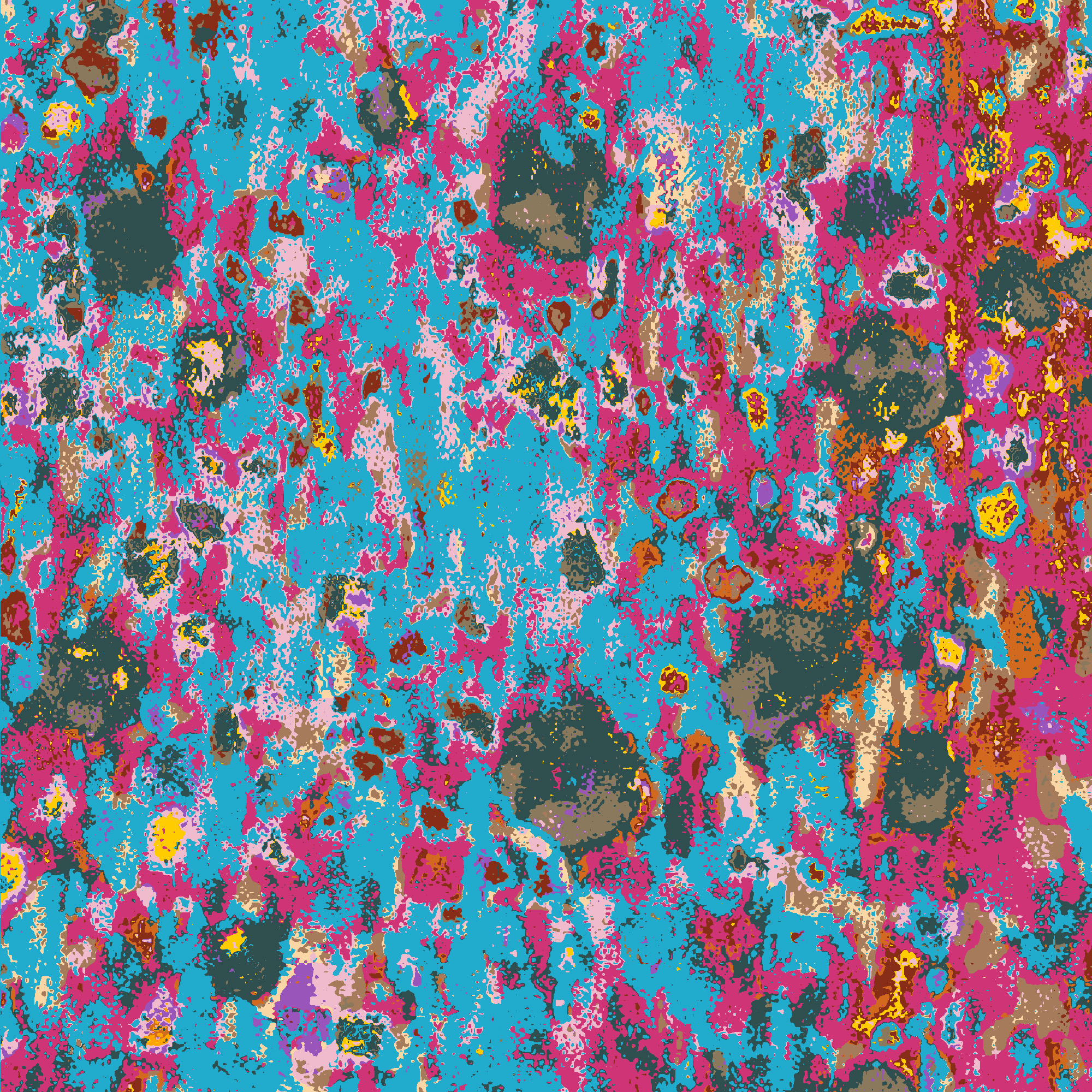
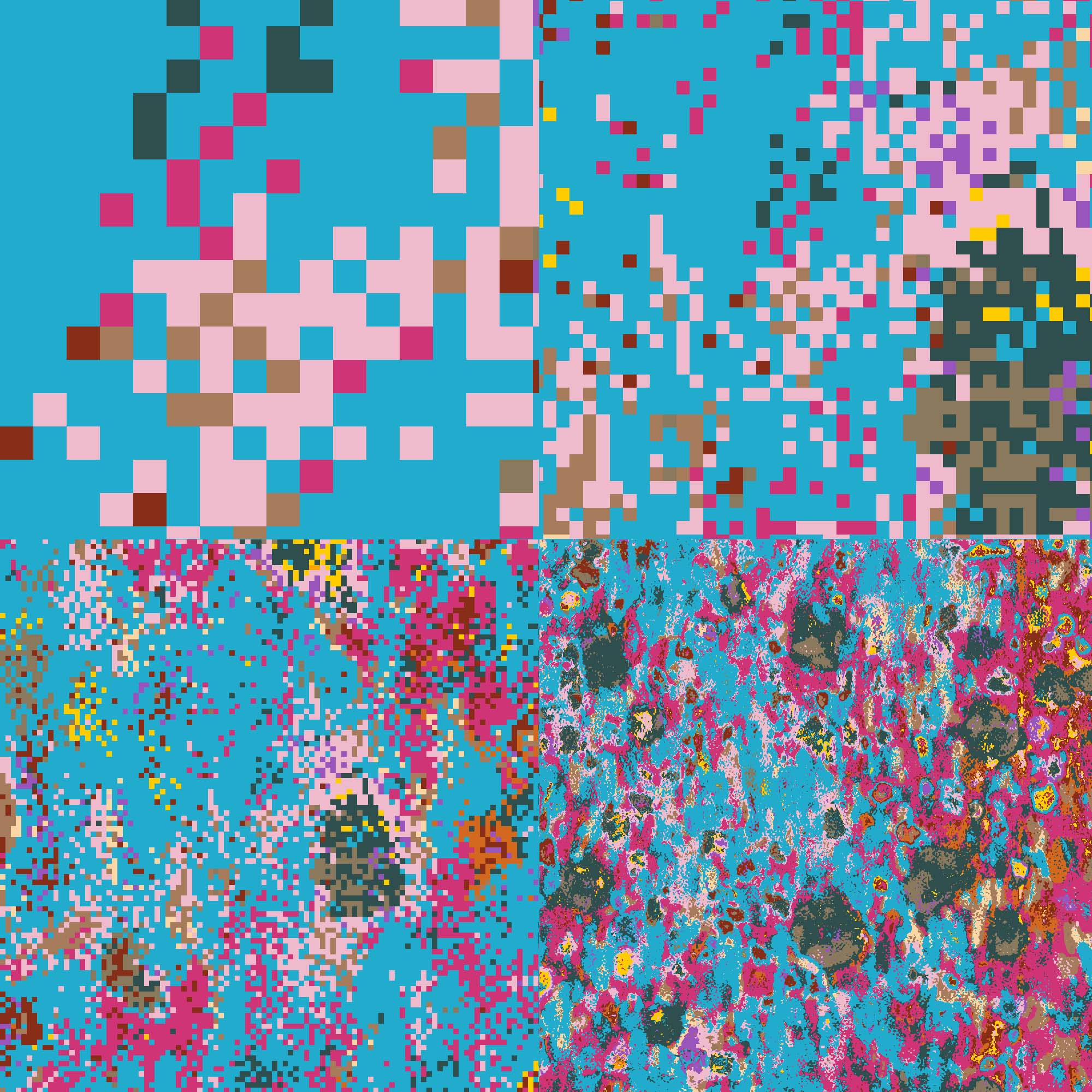
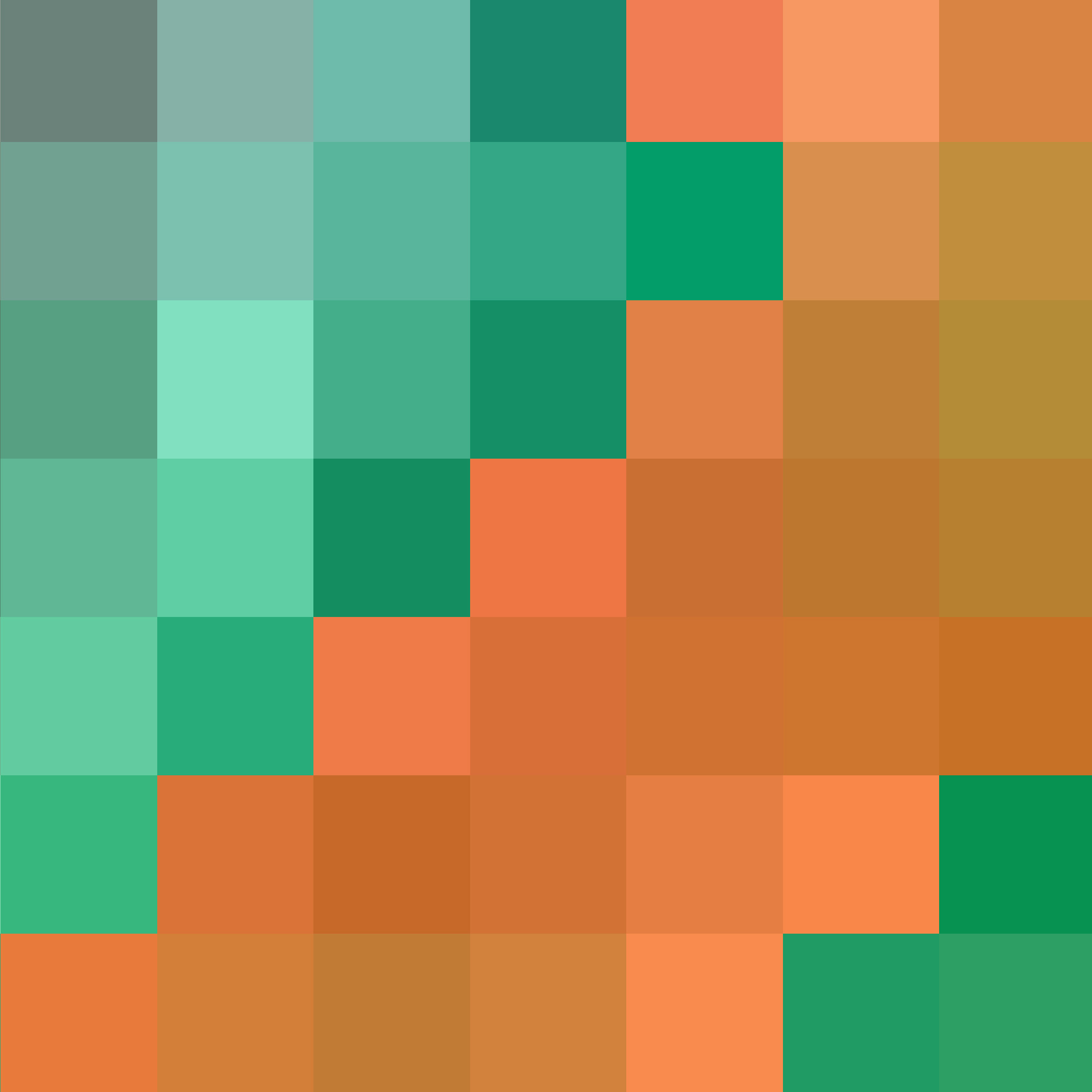
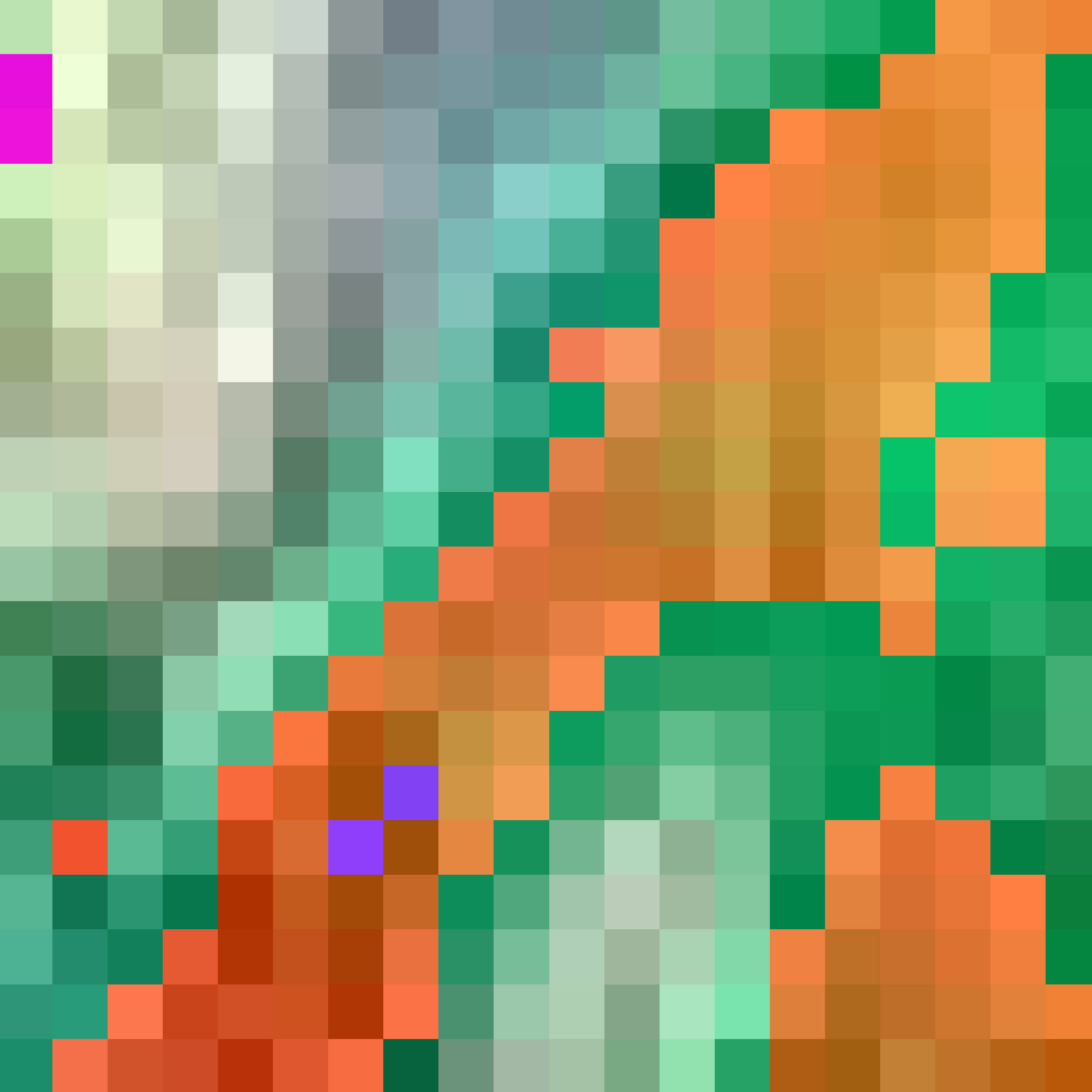
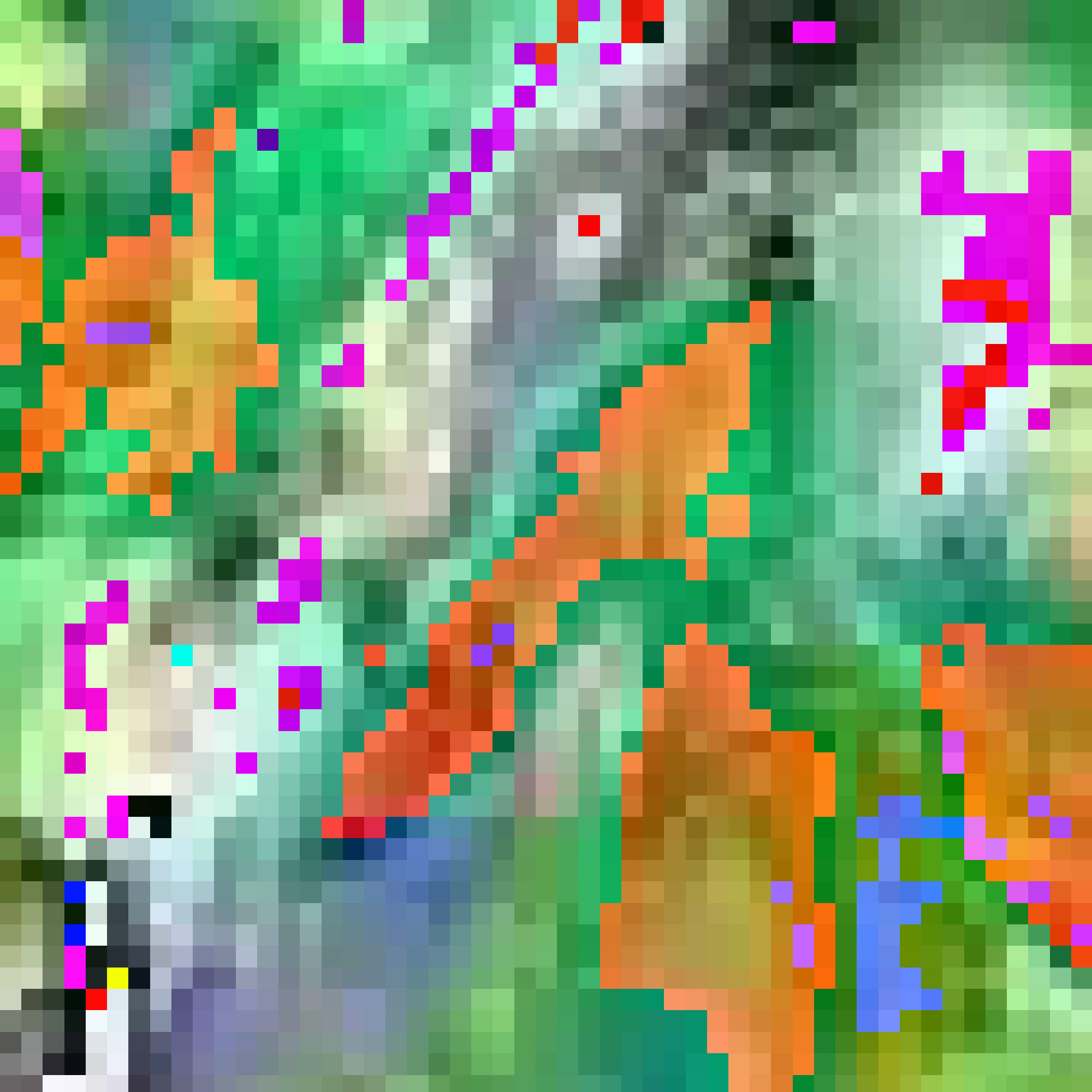
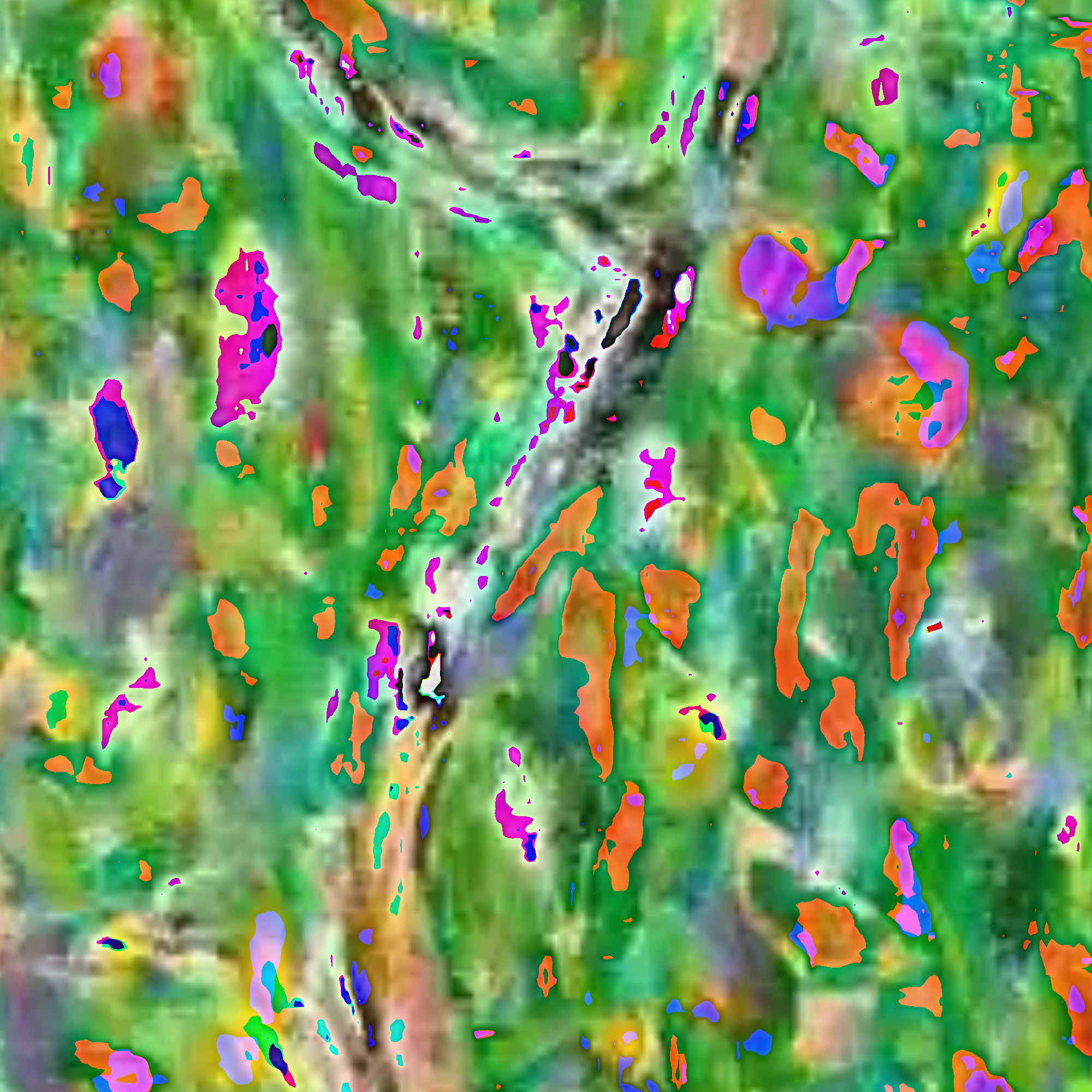
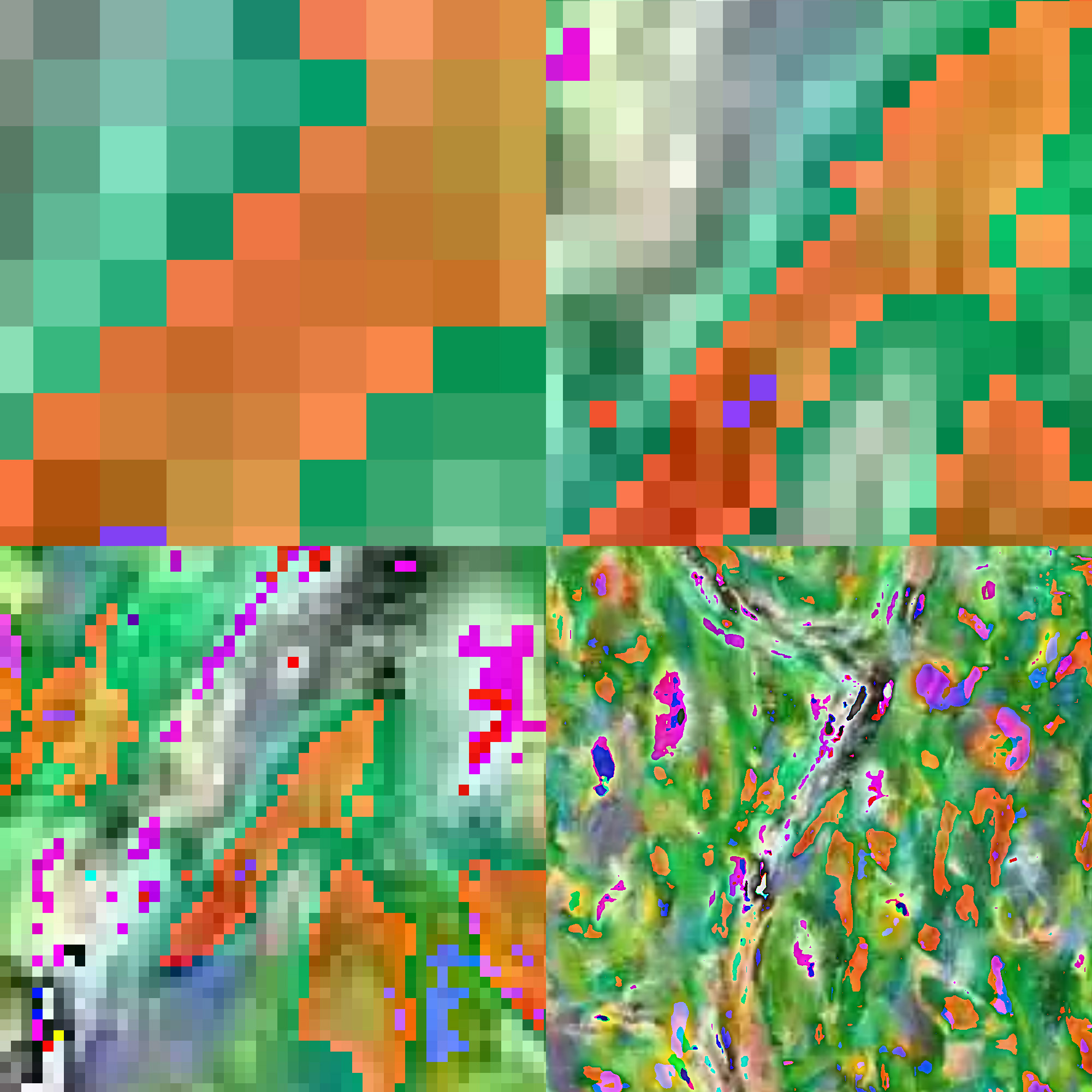

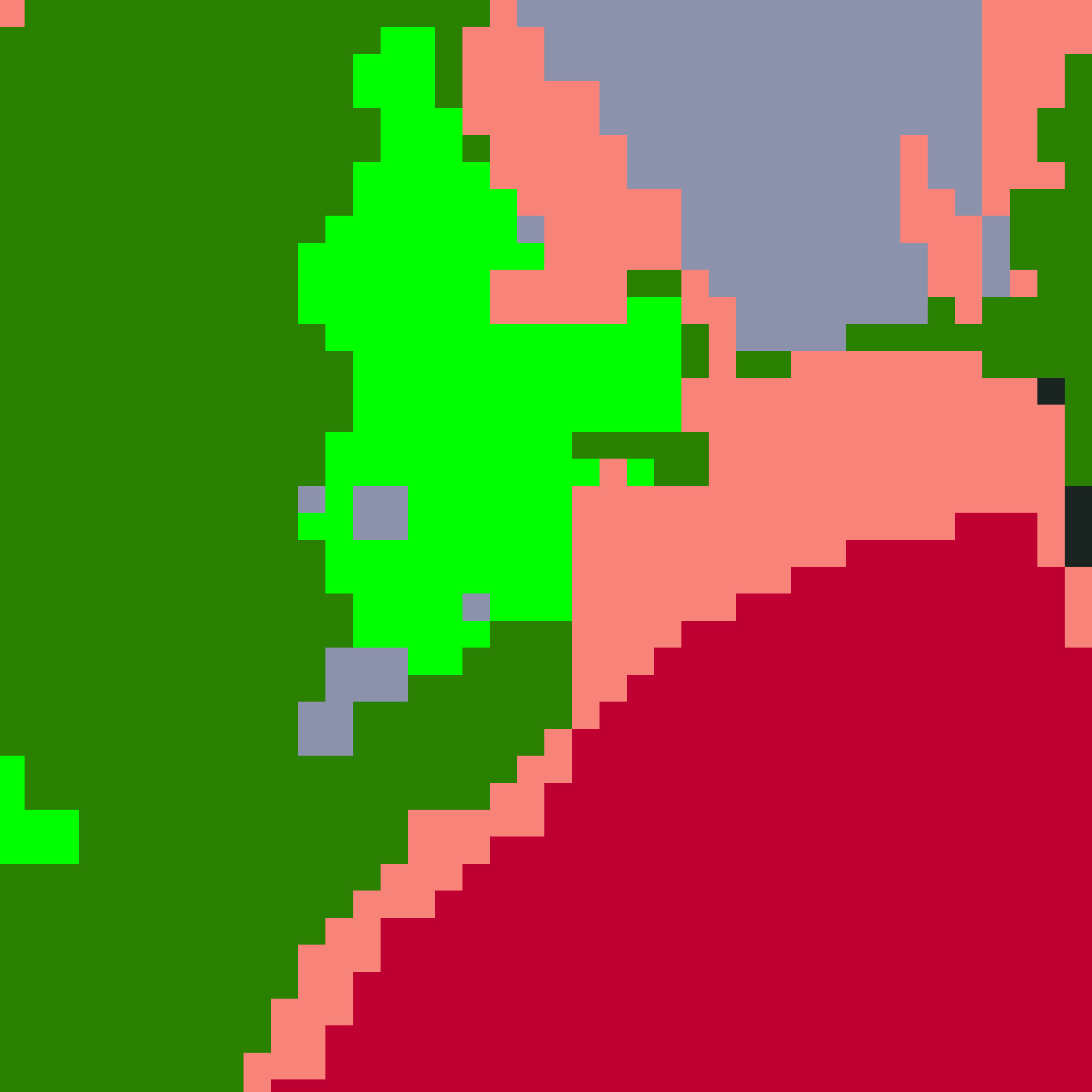
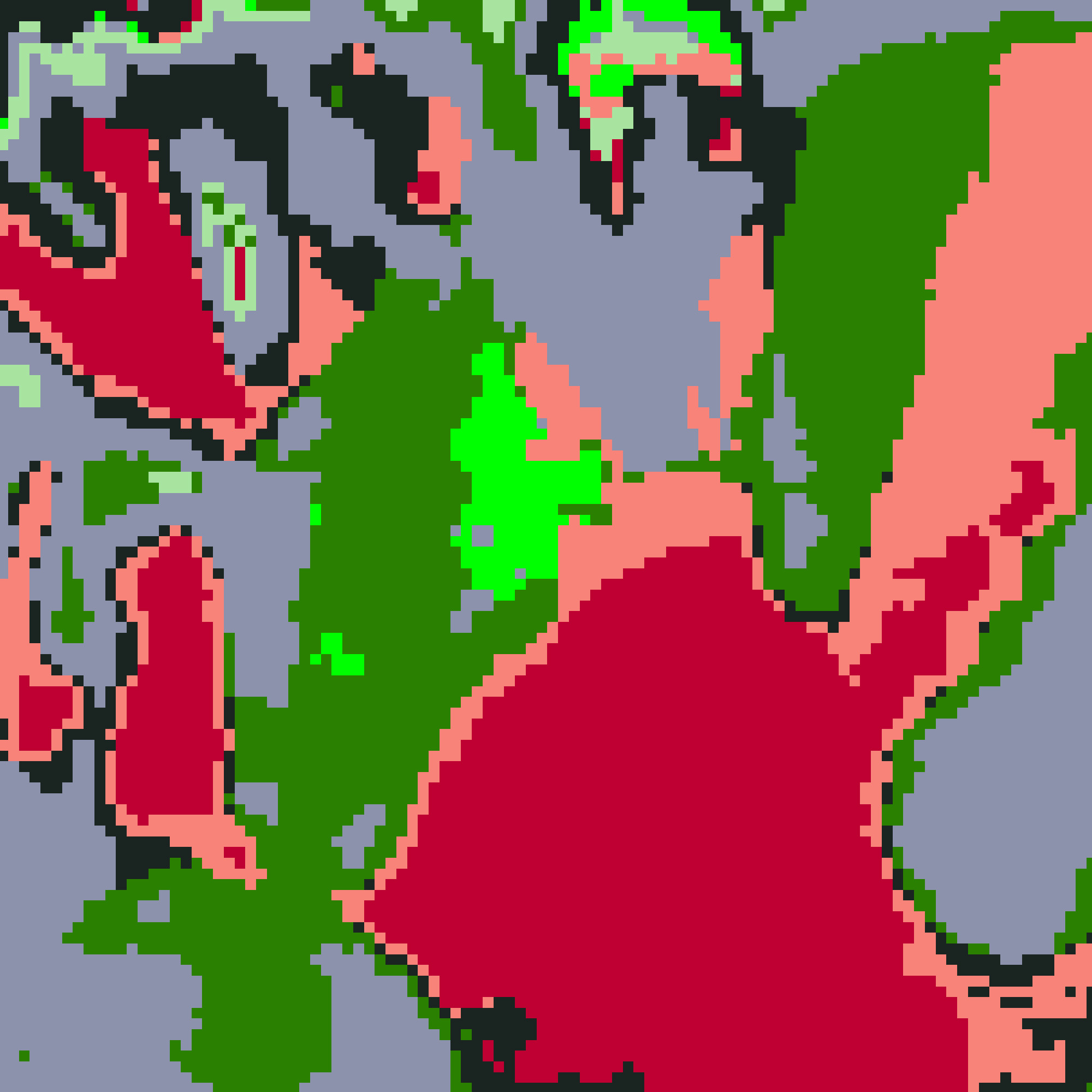
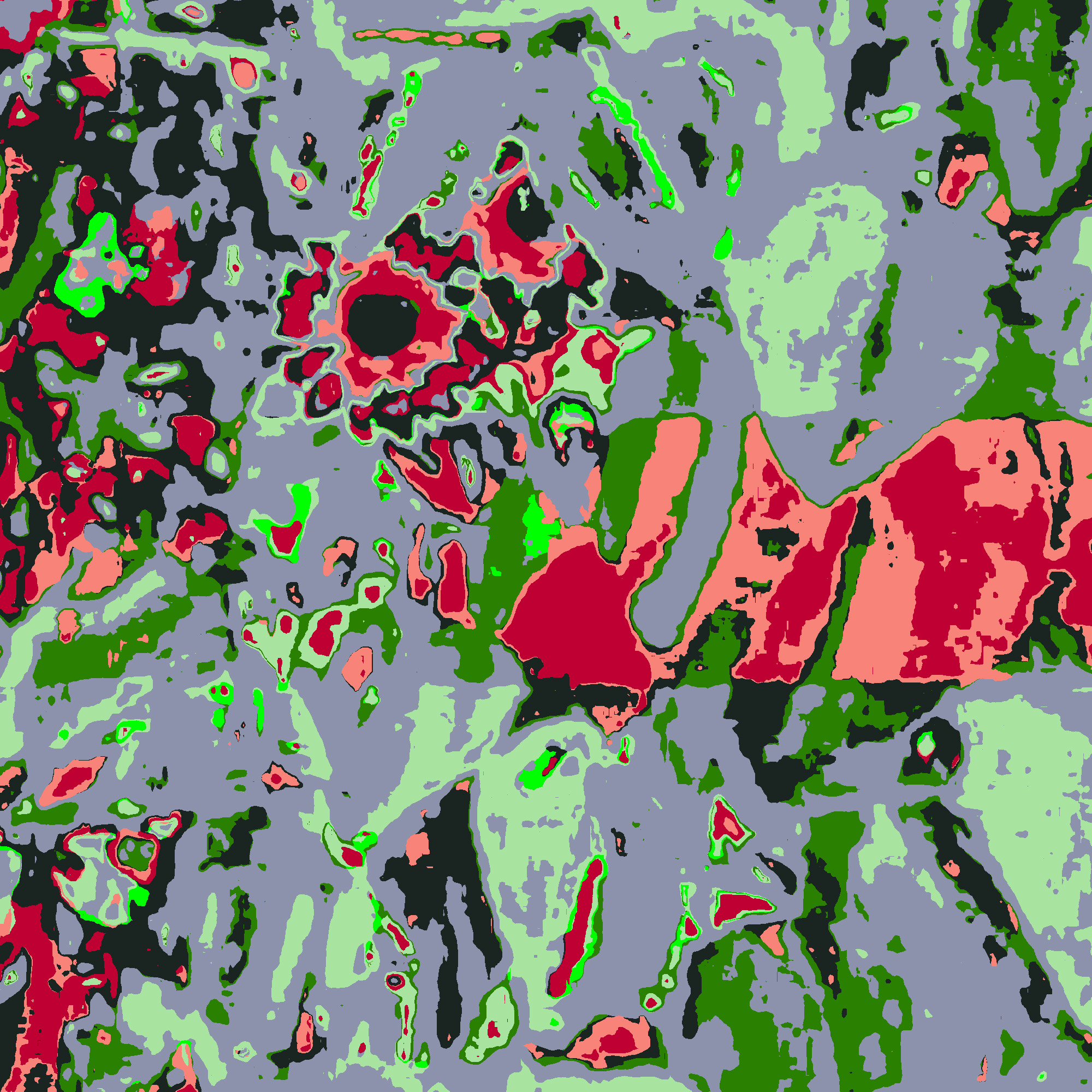
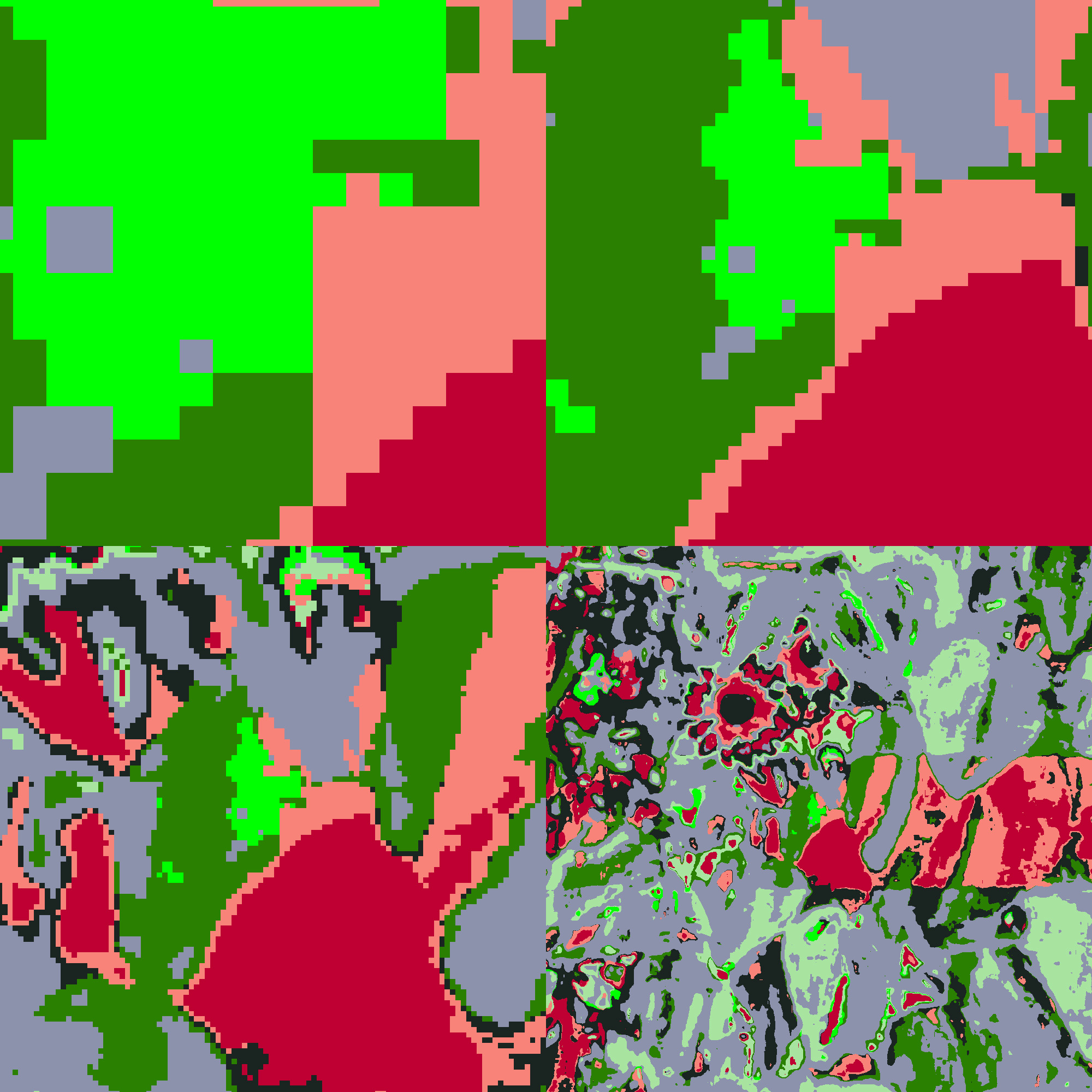
Four zoom-levels
The Belvedere Museum used imaging techniques like infrared, ultraviolet, and X-ray imaging to uncover hidden layers in Gustav Klimt's paintings, revealing insights about his artistic process
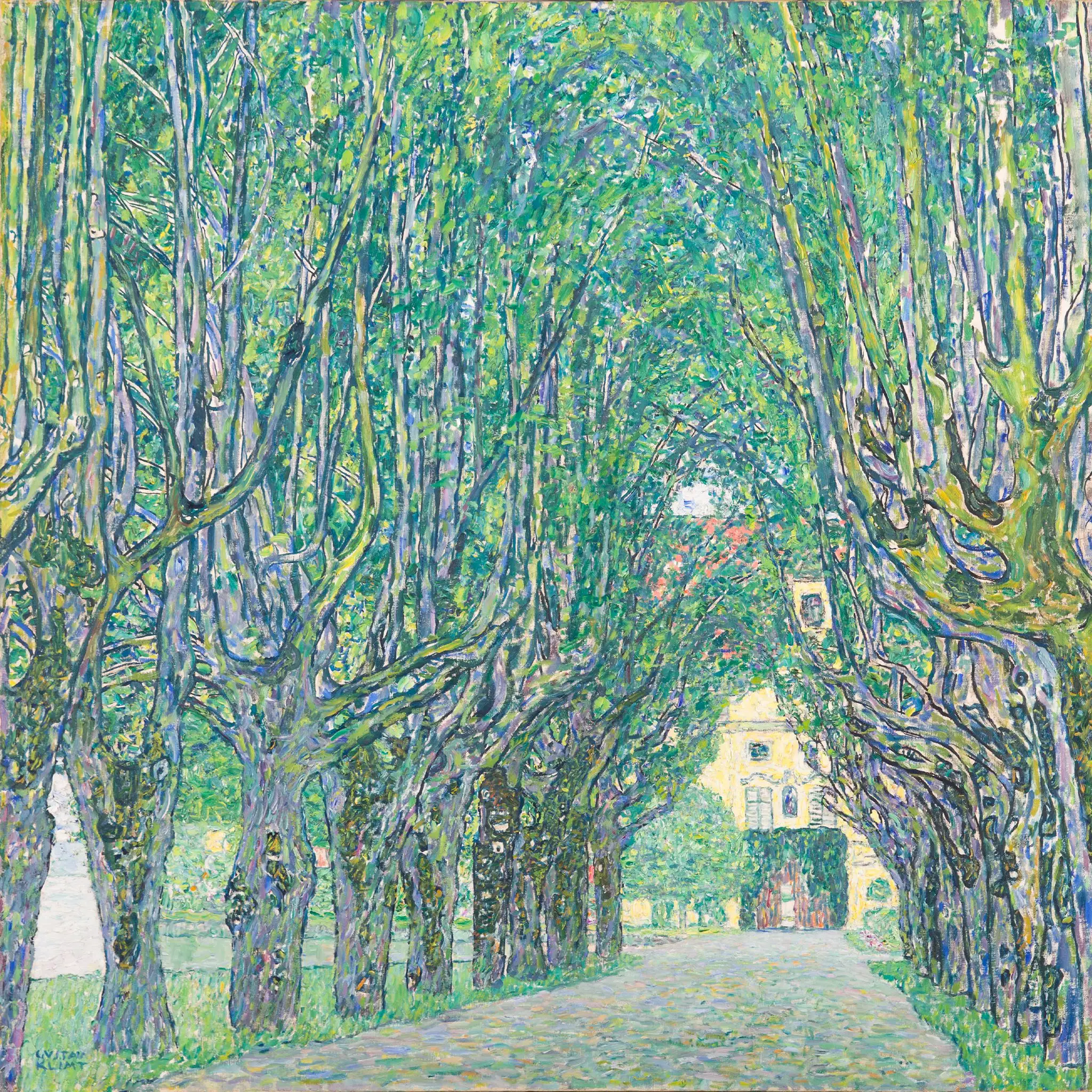
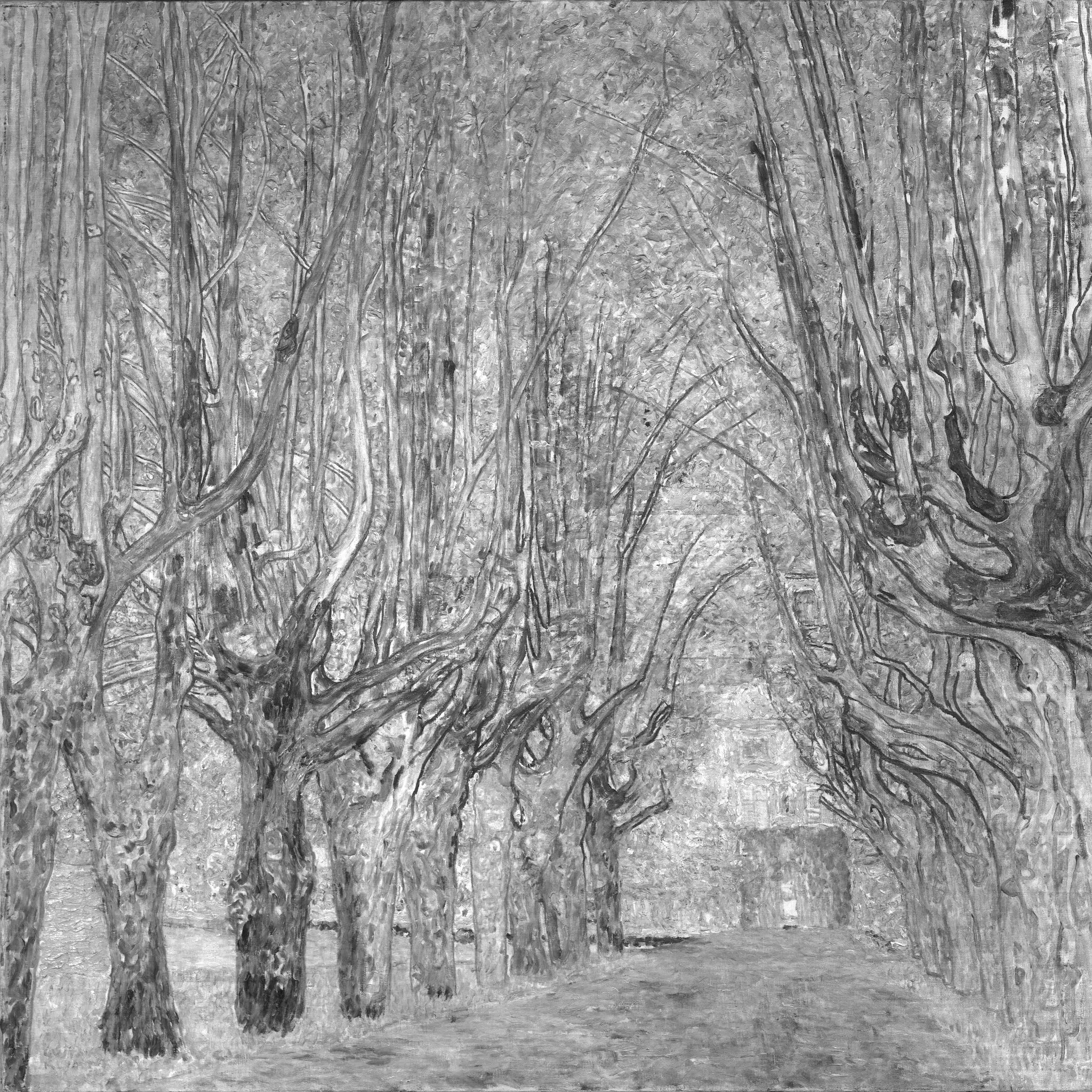
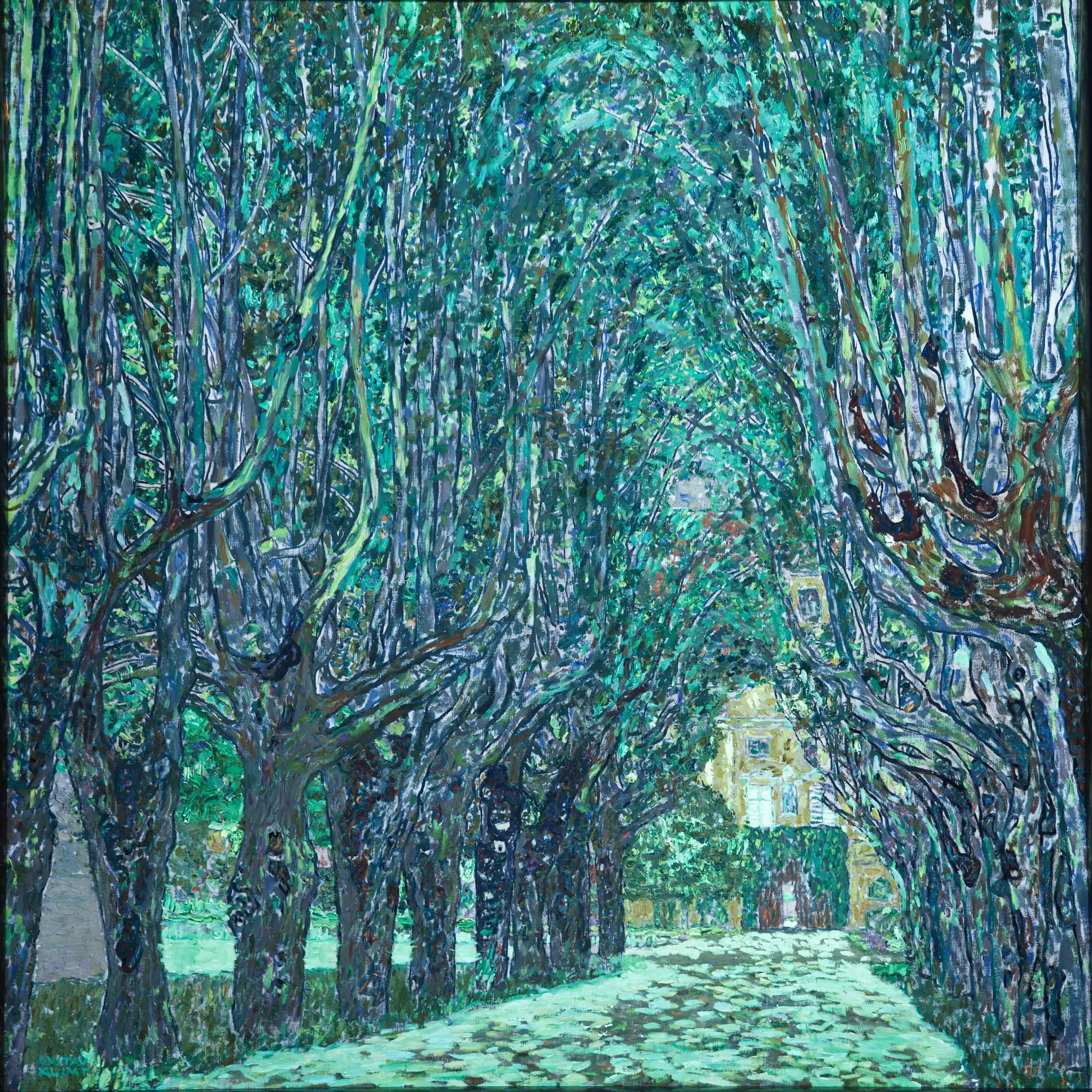
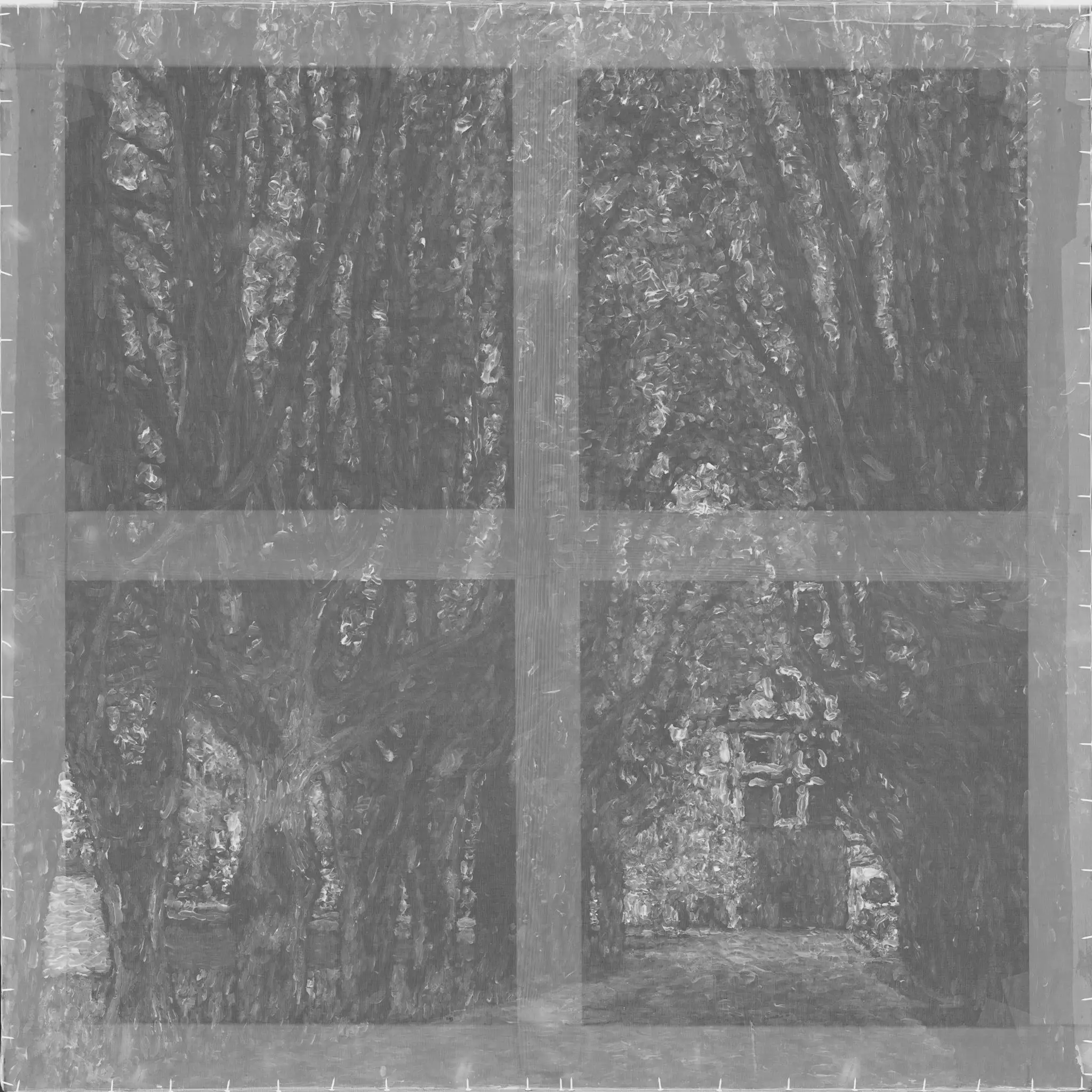
Allee zum Schloss Kammer, Gustav Klimt, 1912, 110×110 cm

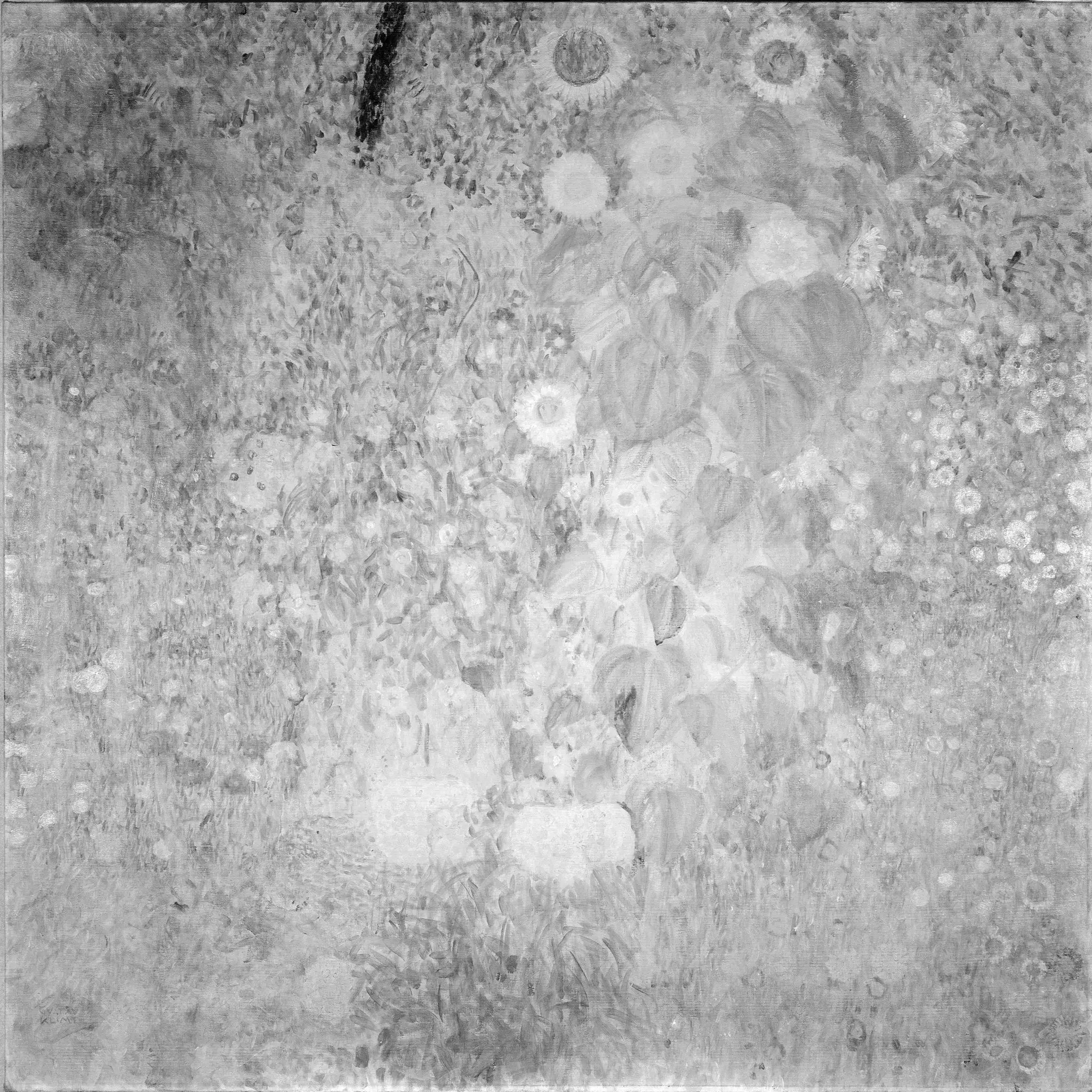
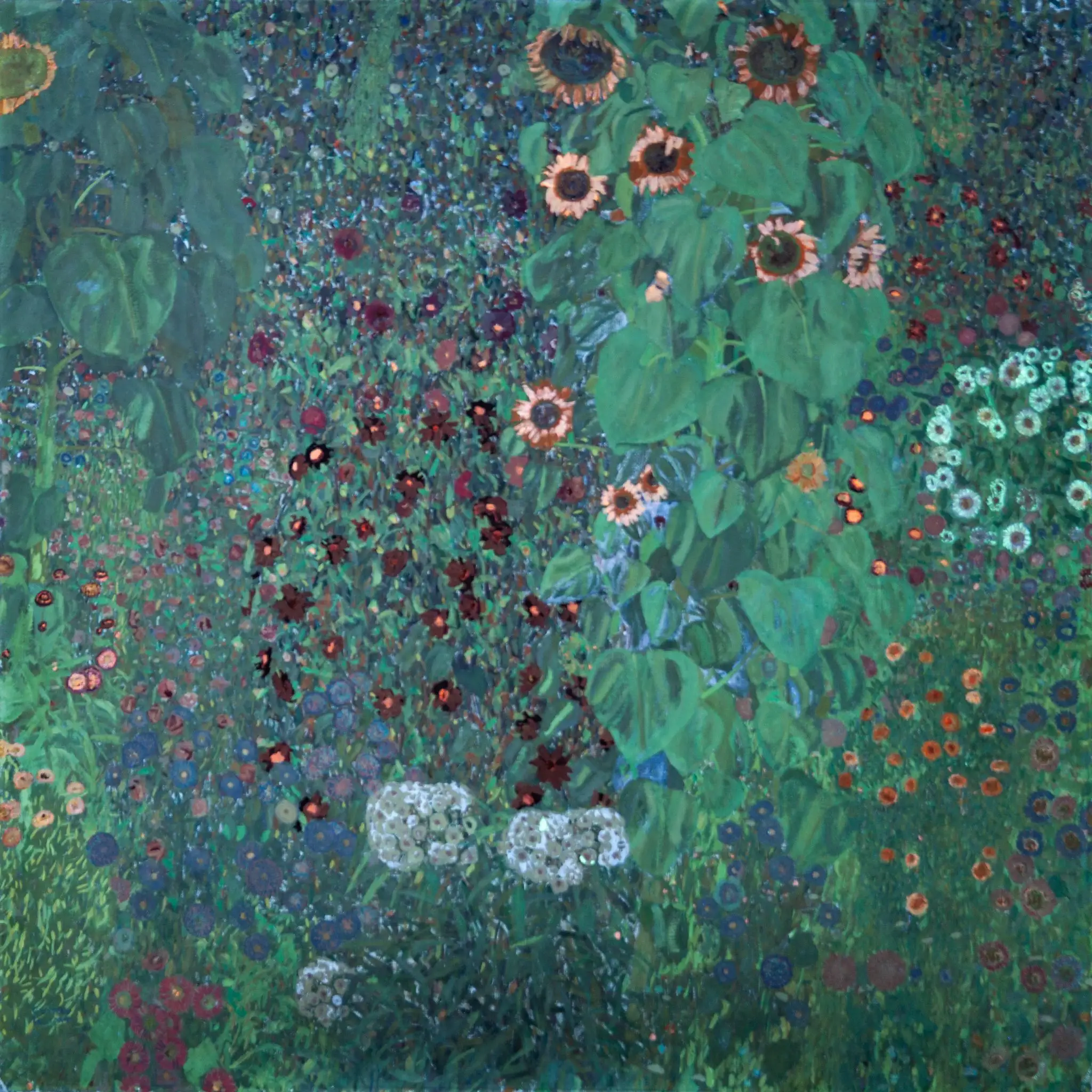
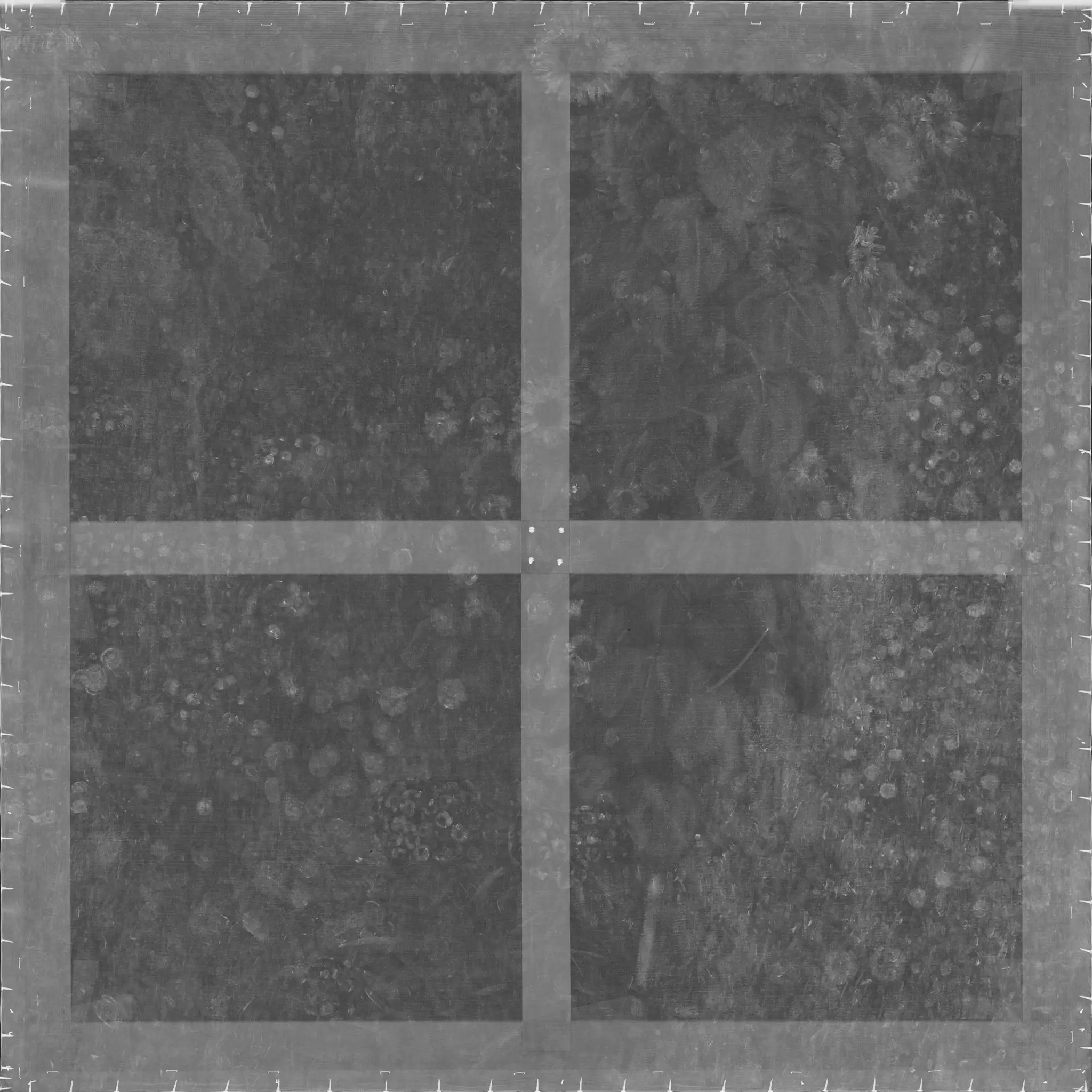
Bauerngarten mit Sonnenblumen, Gustav Klimt, 1906, 110×110 cm
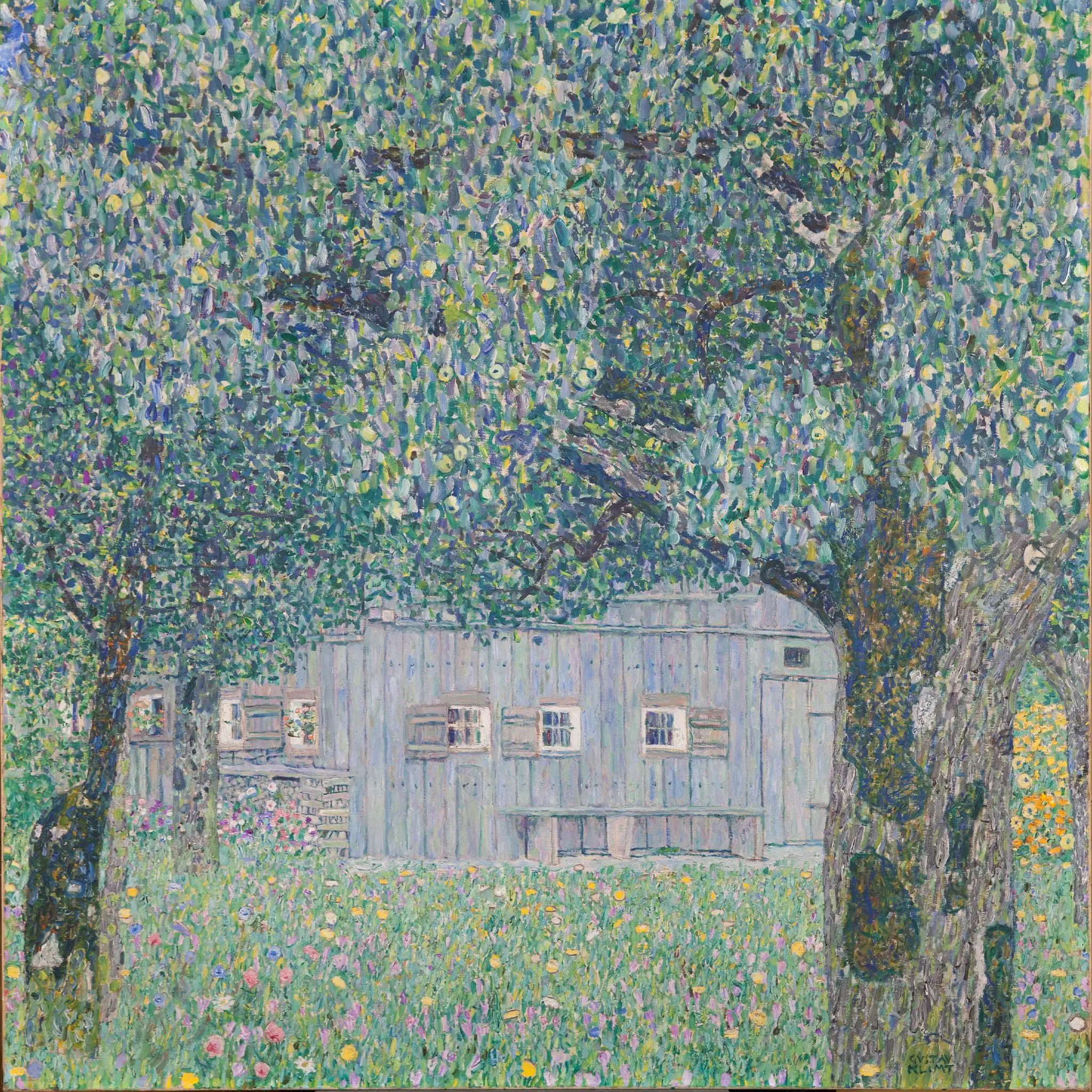
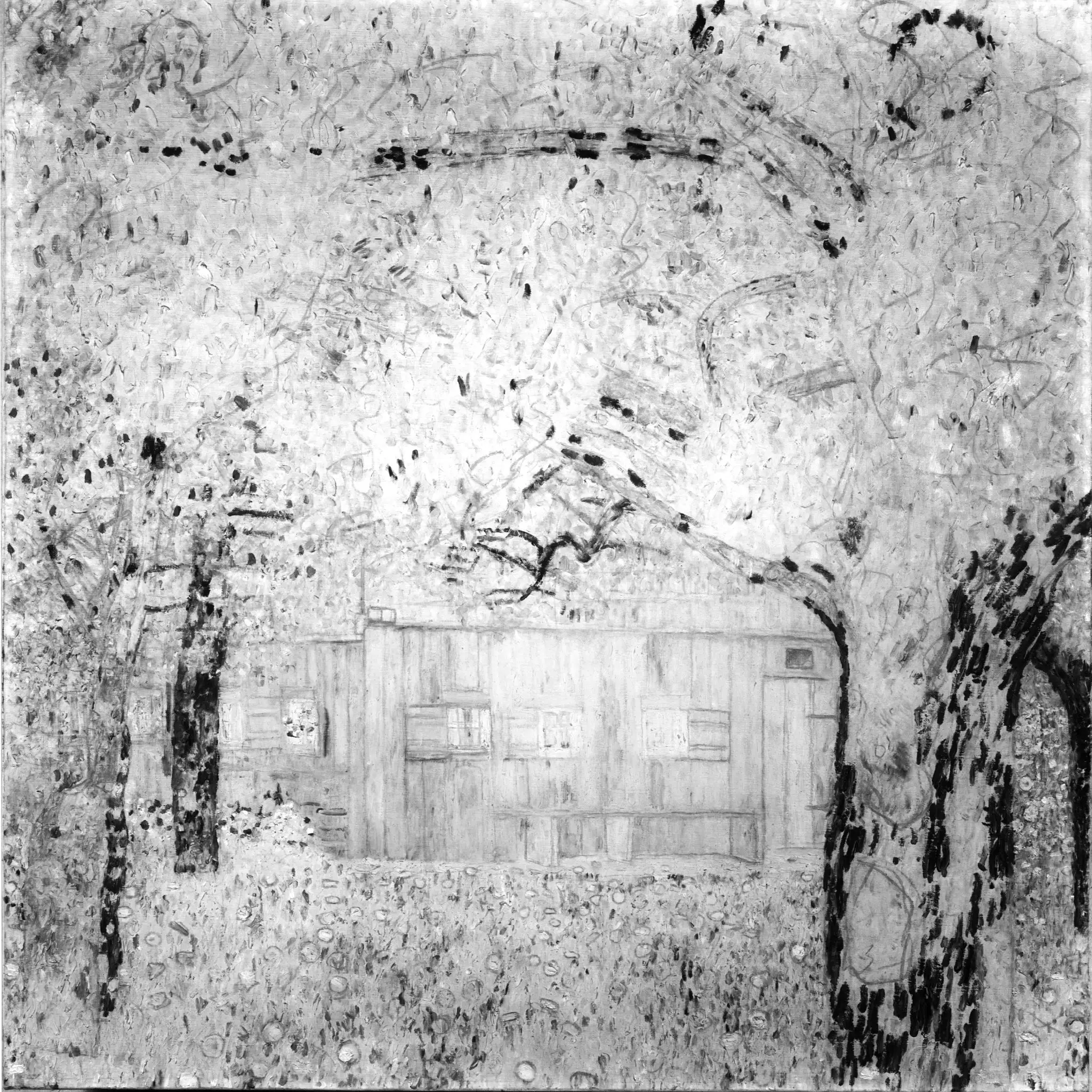
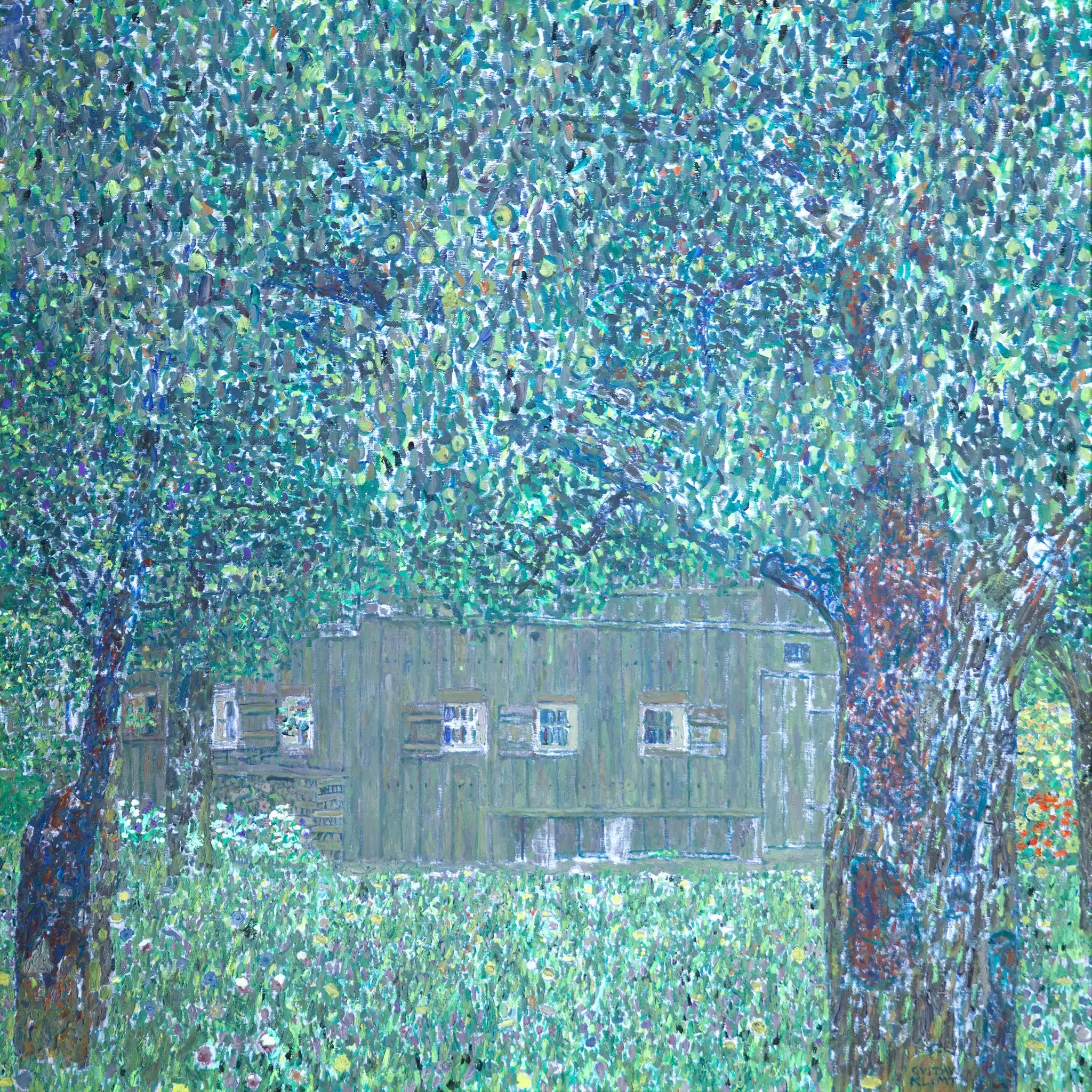
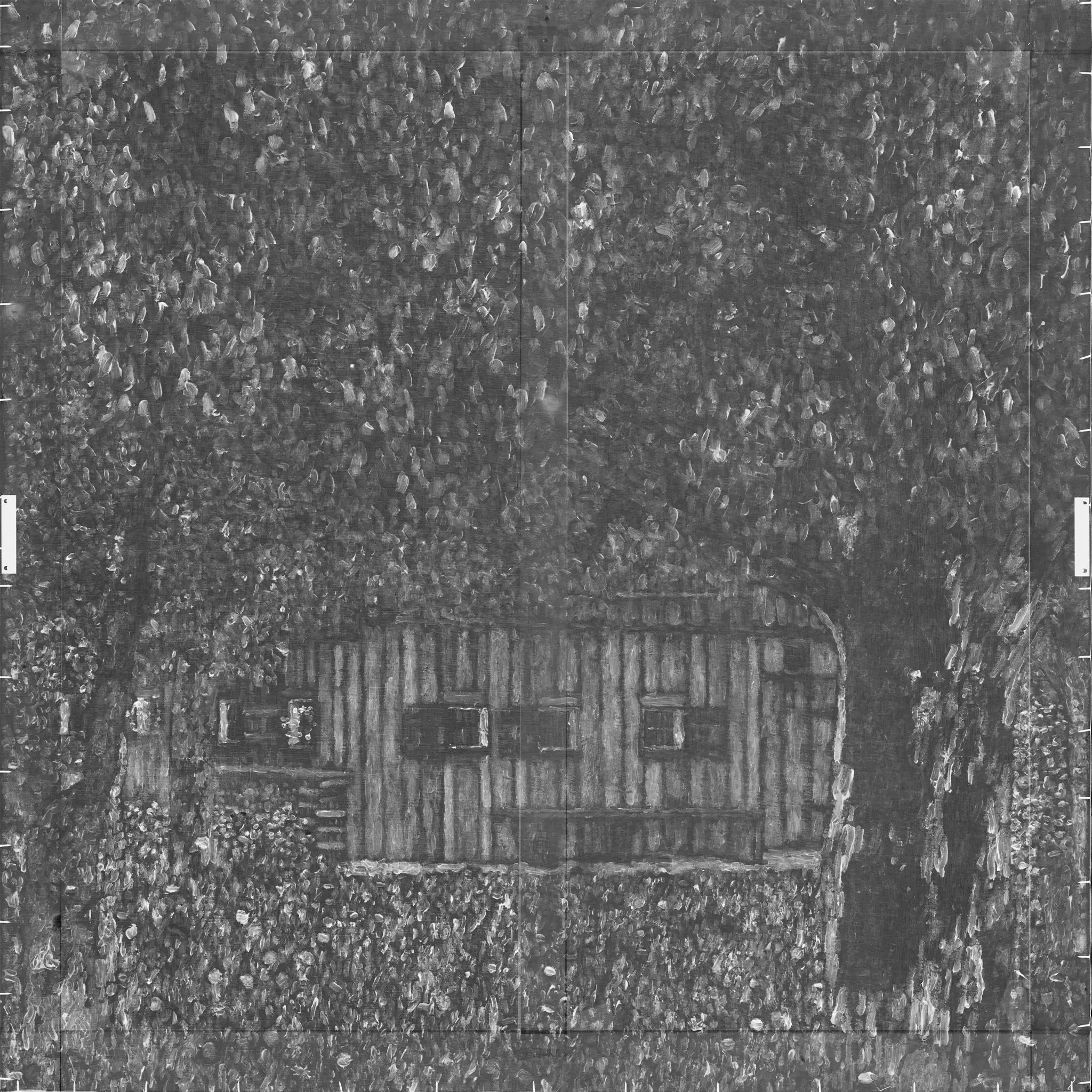
Oberösterreichisches Bauernhaus, Gustav Klimt, 1911, 110×110 cm
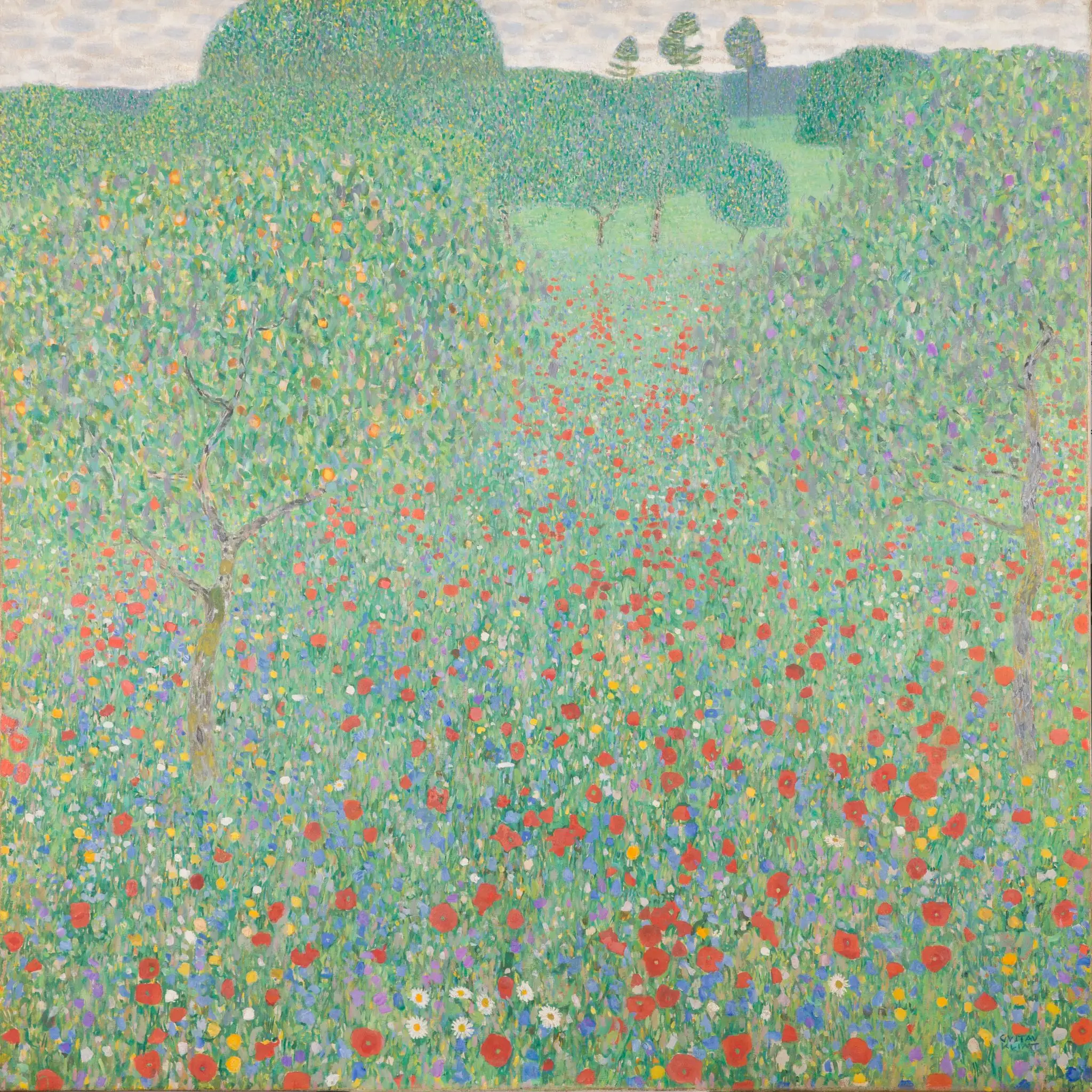
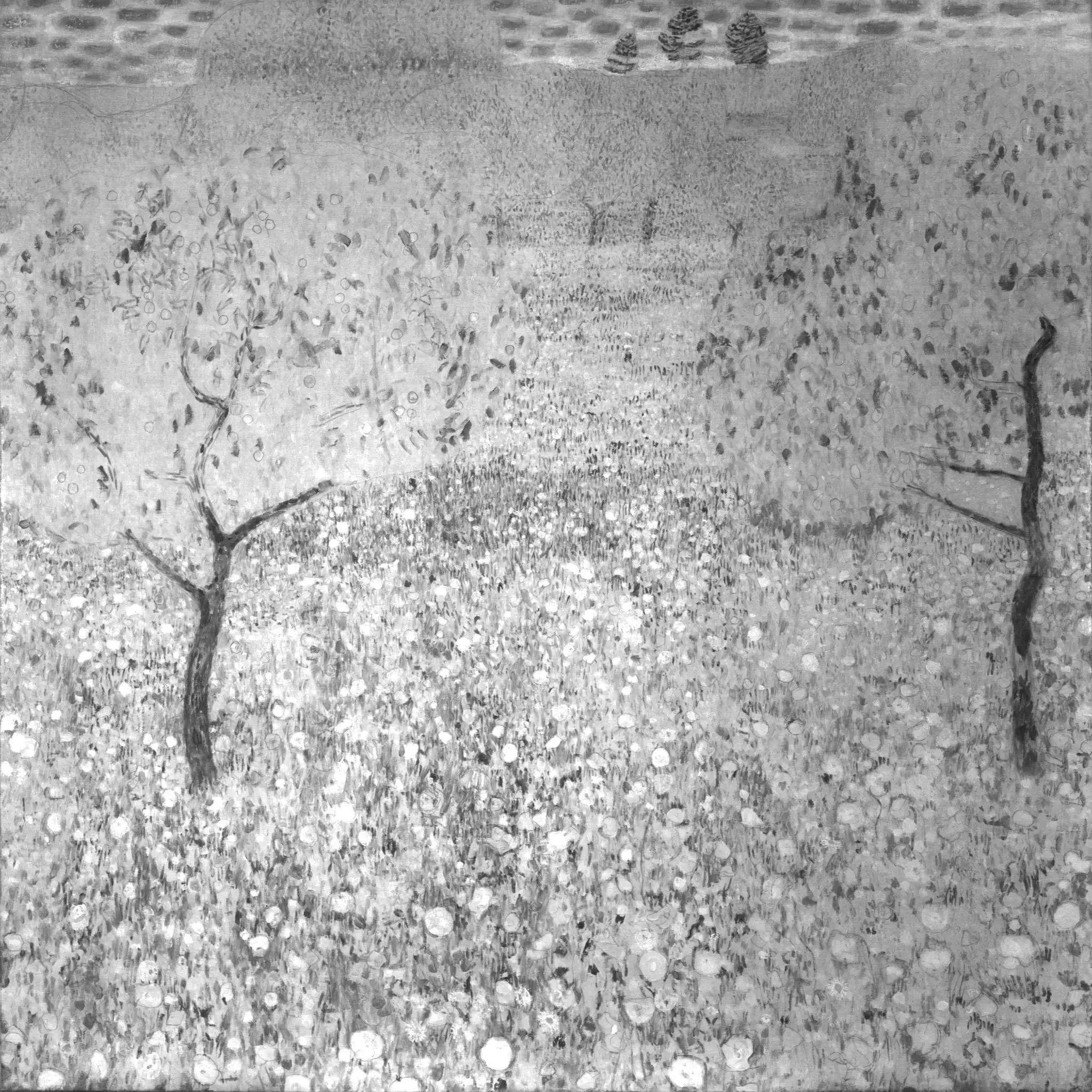
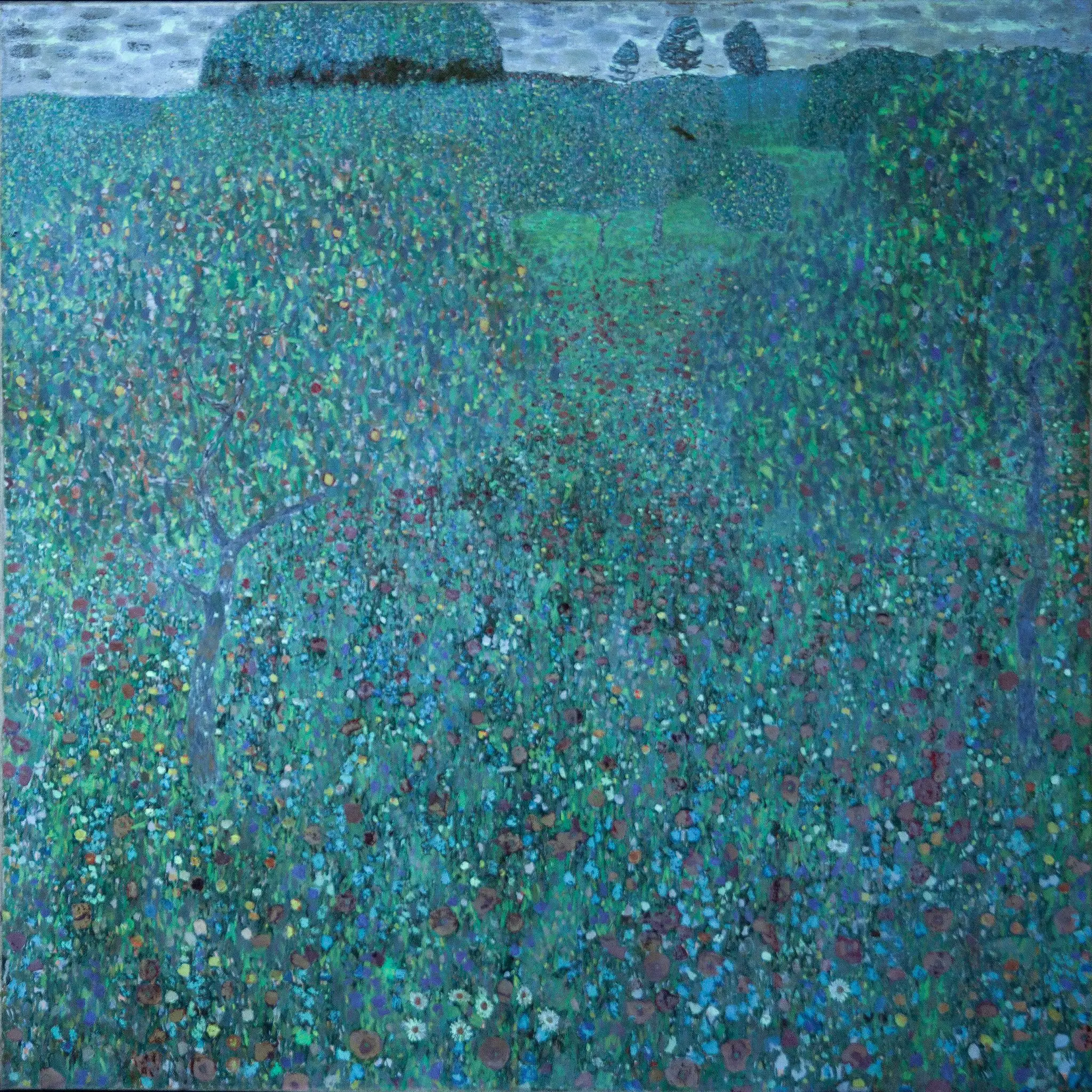
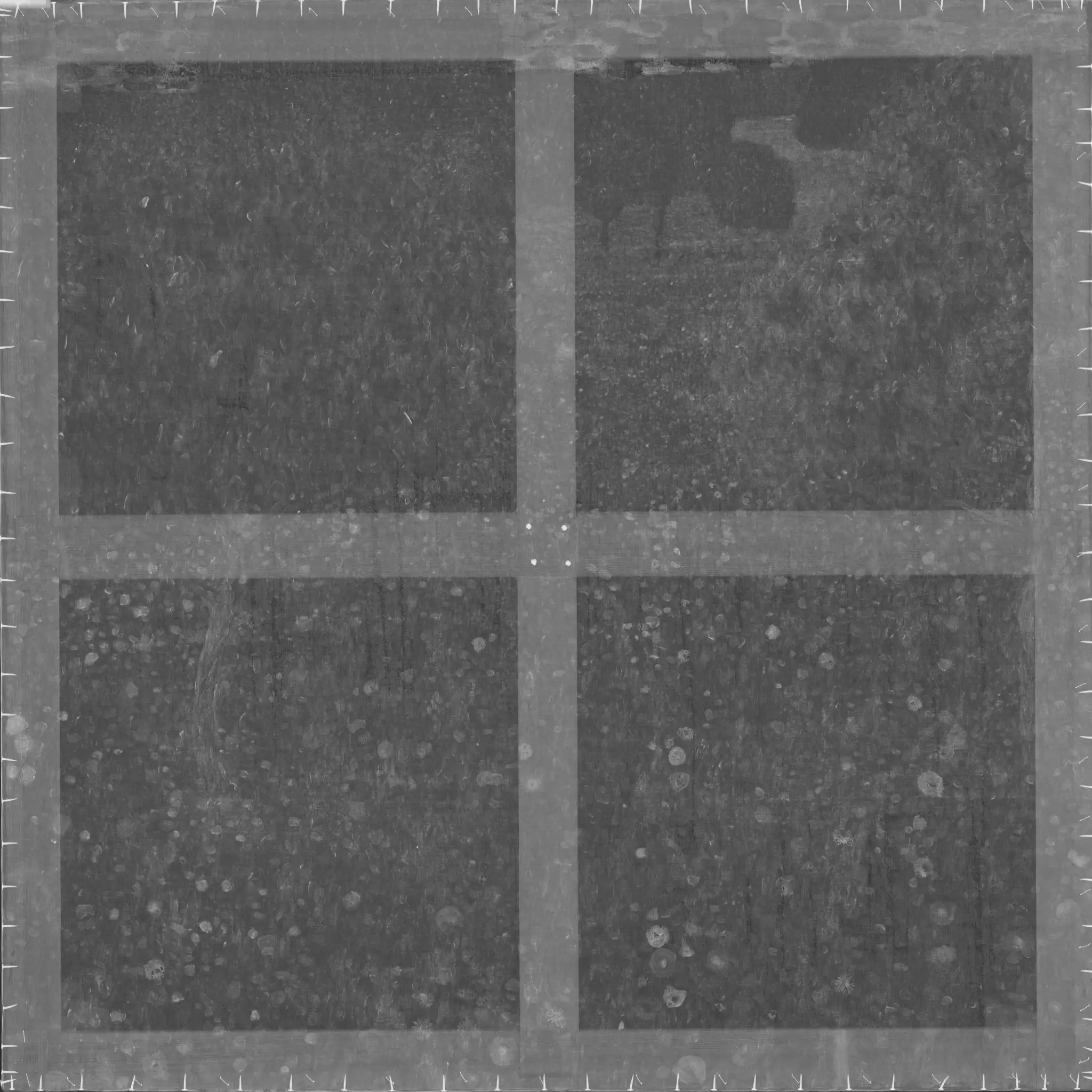
Blühender Mohn, Gustav Klimt, 1907, 110×110 cm
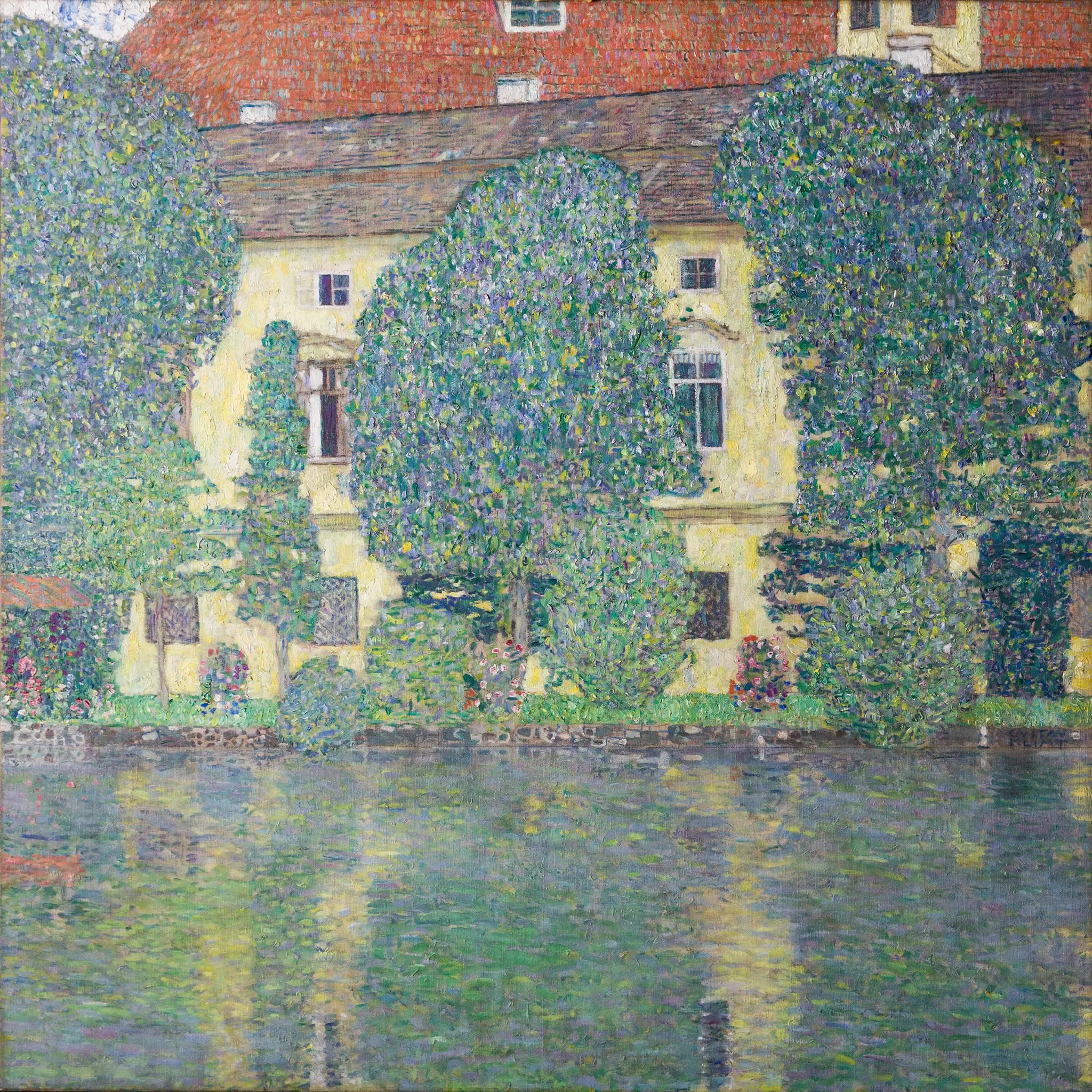
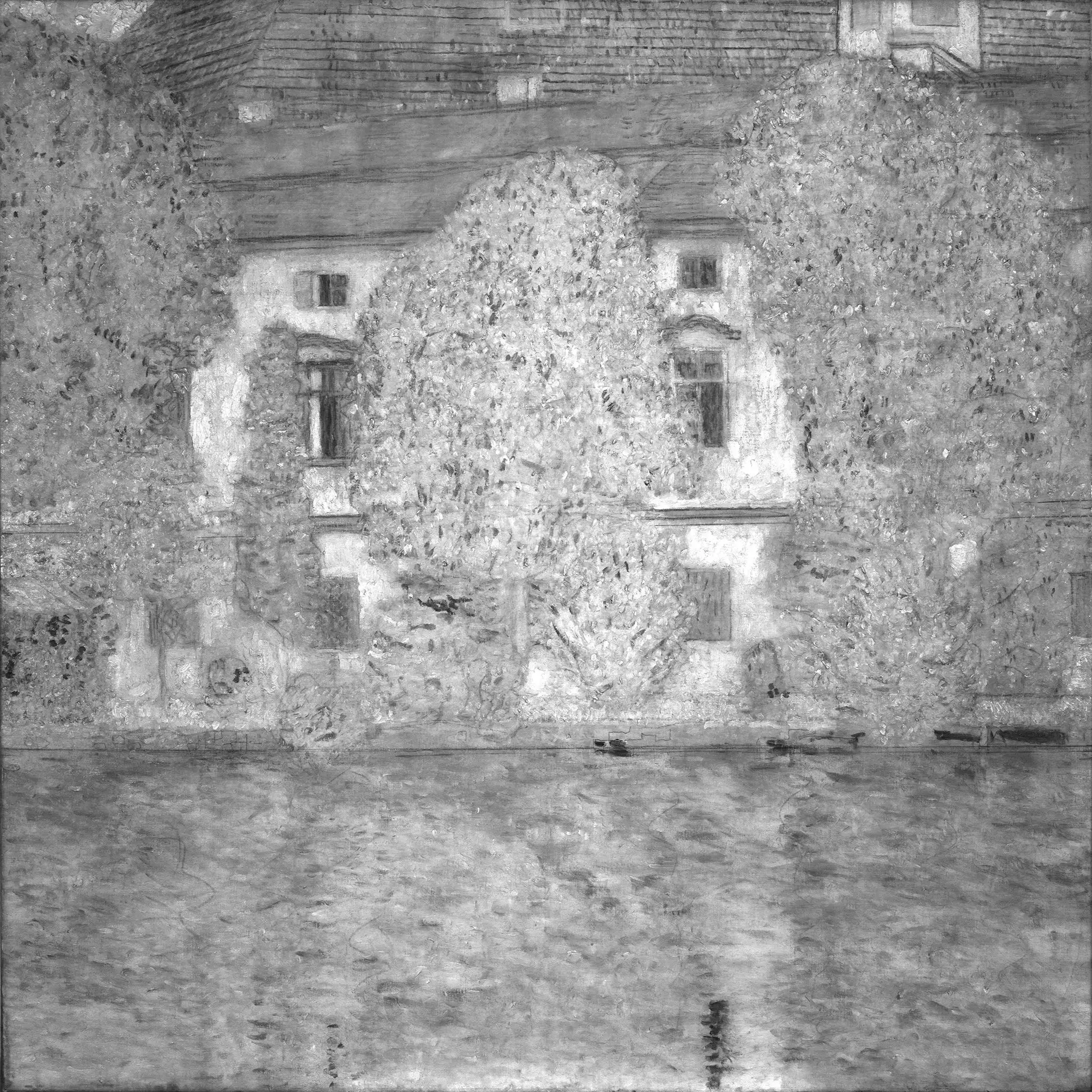
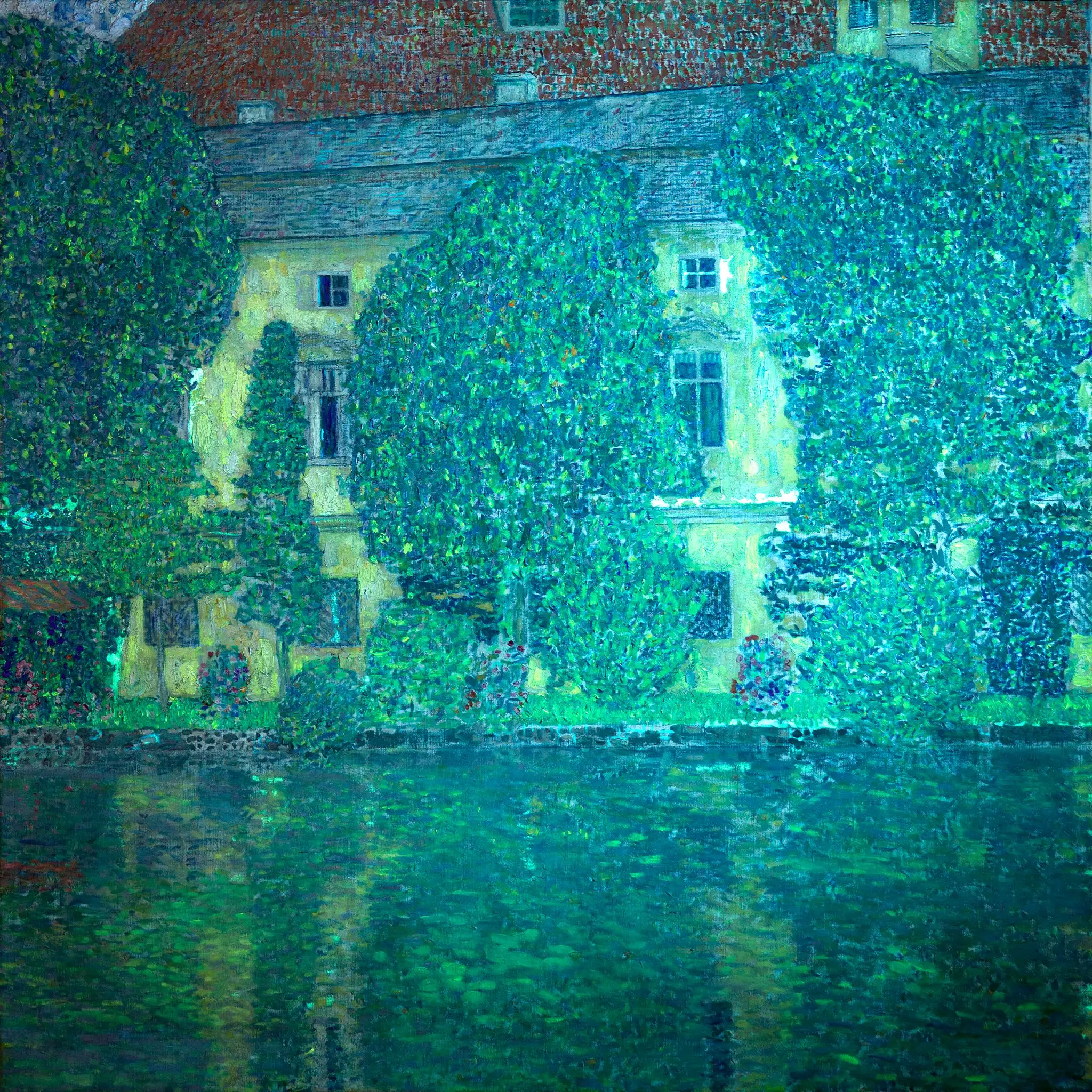
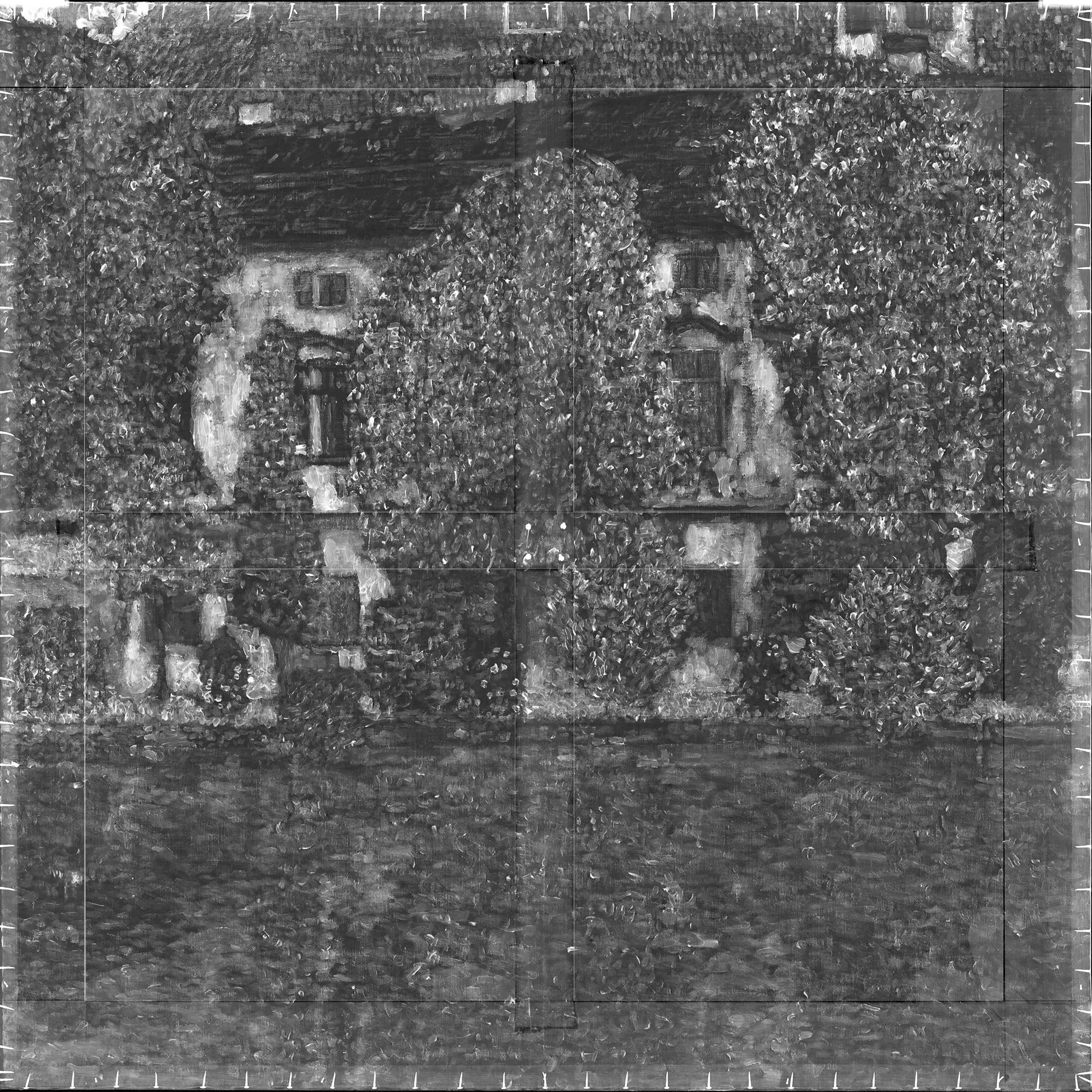
Schloss Kammer am Attersee III, Gustav Klimt, 1909-1910, 110×110 cm
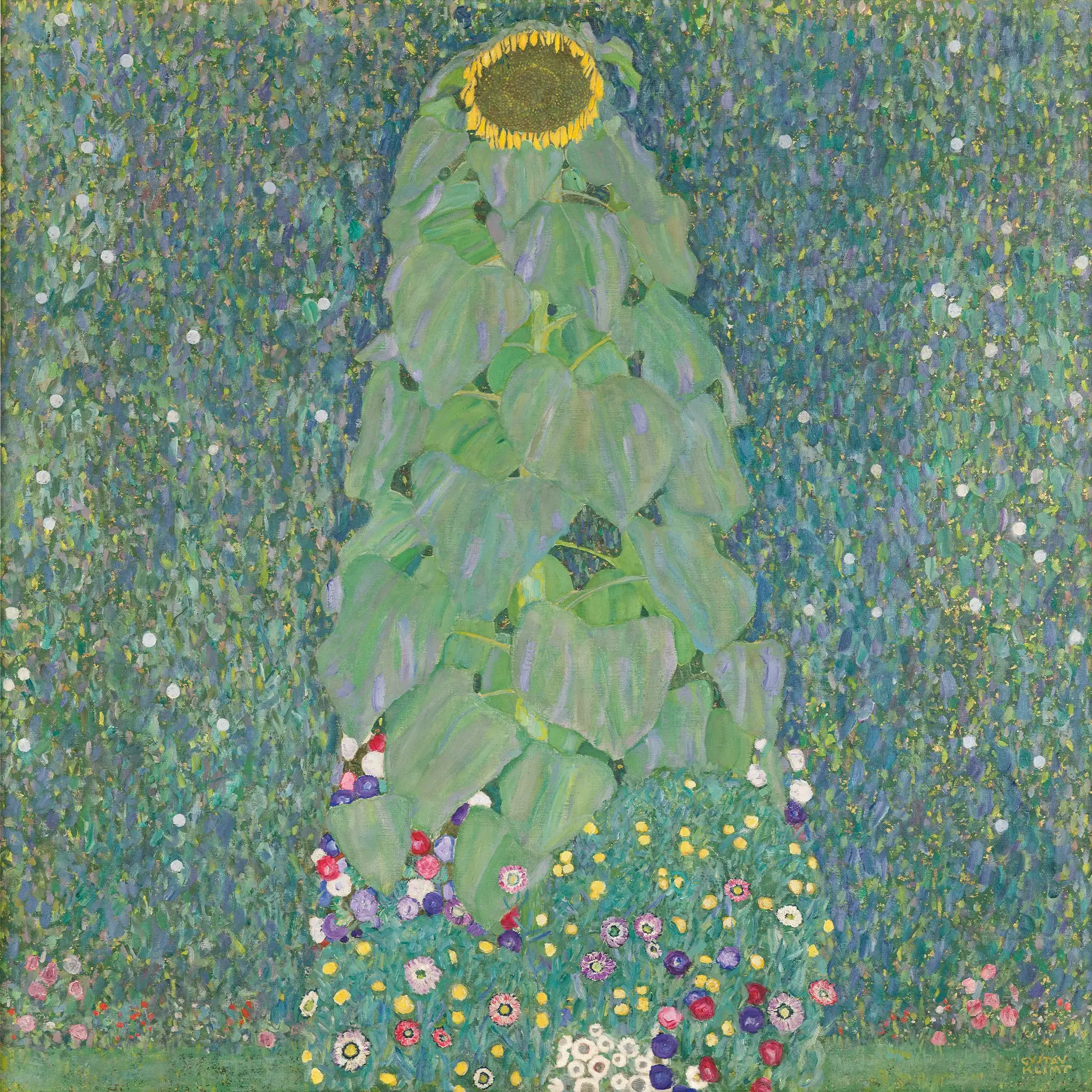
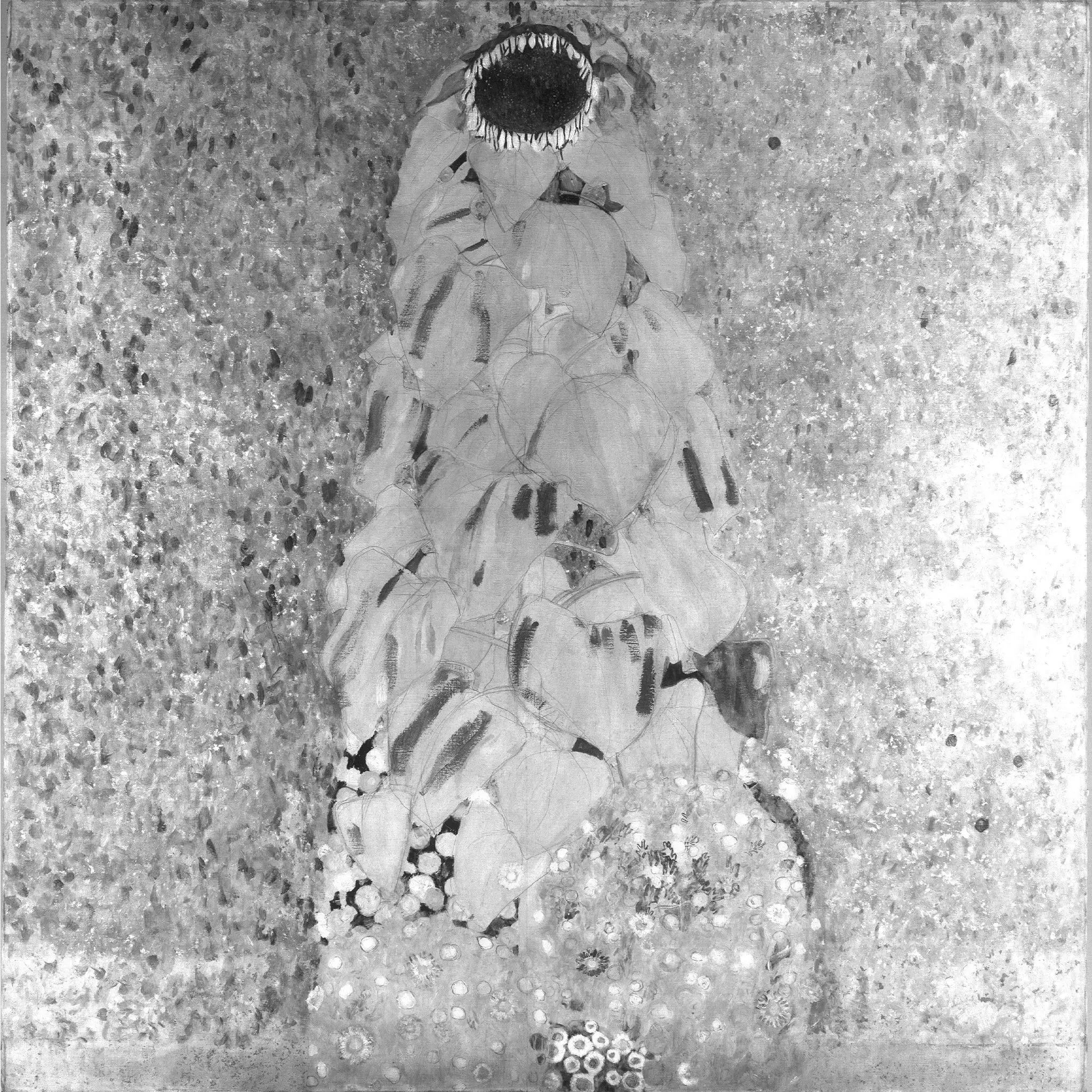
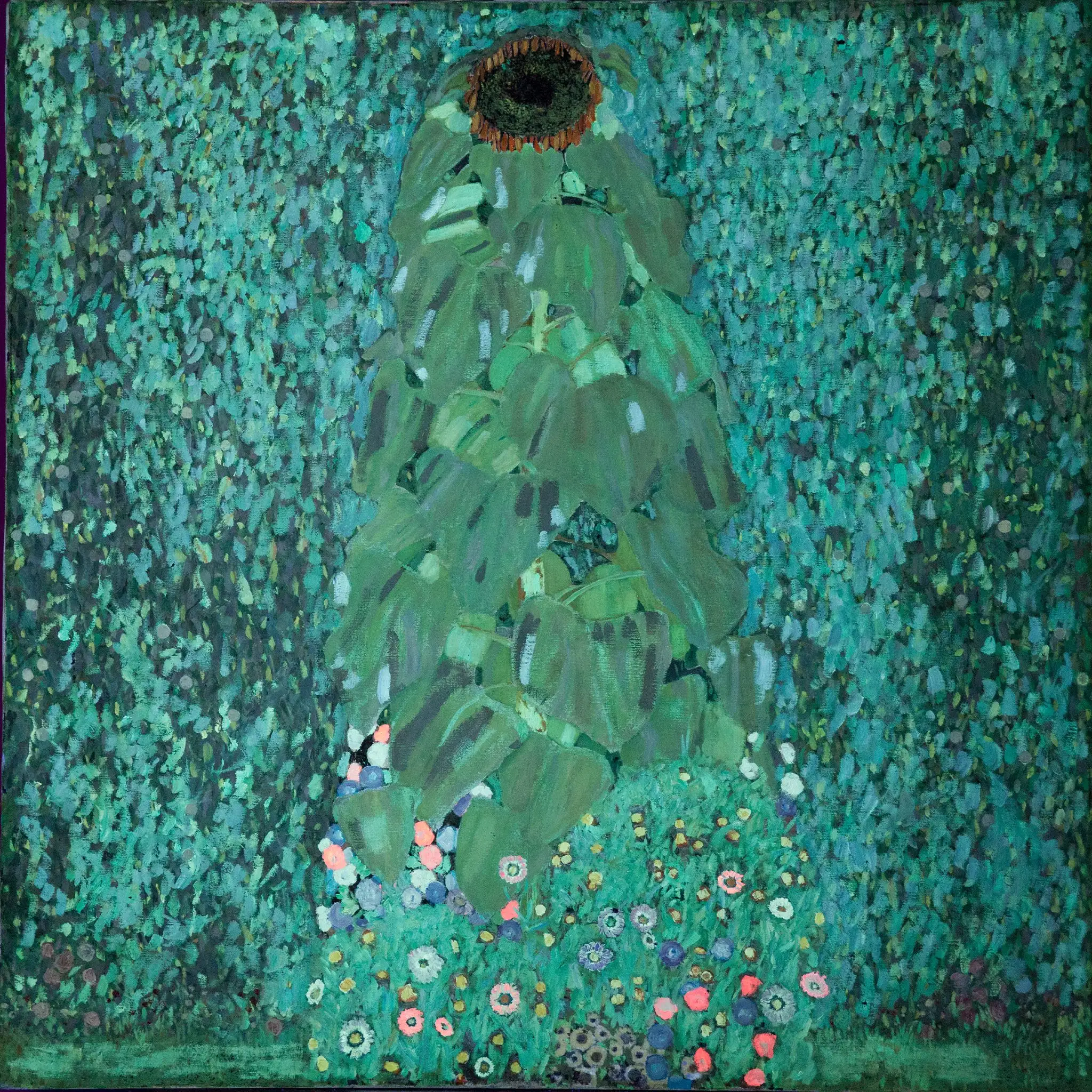
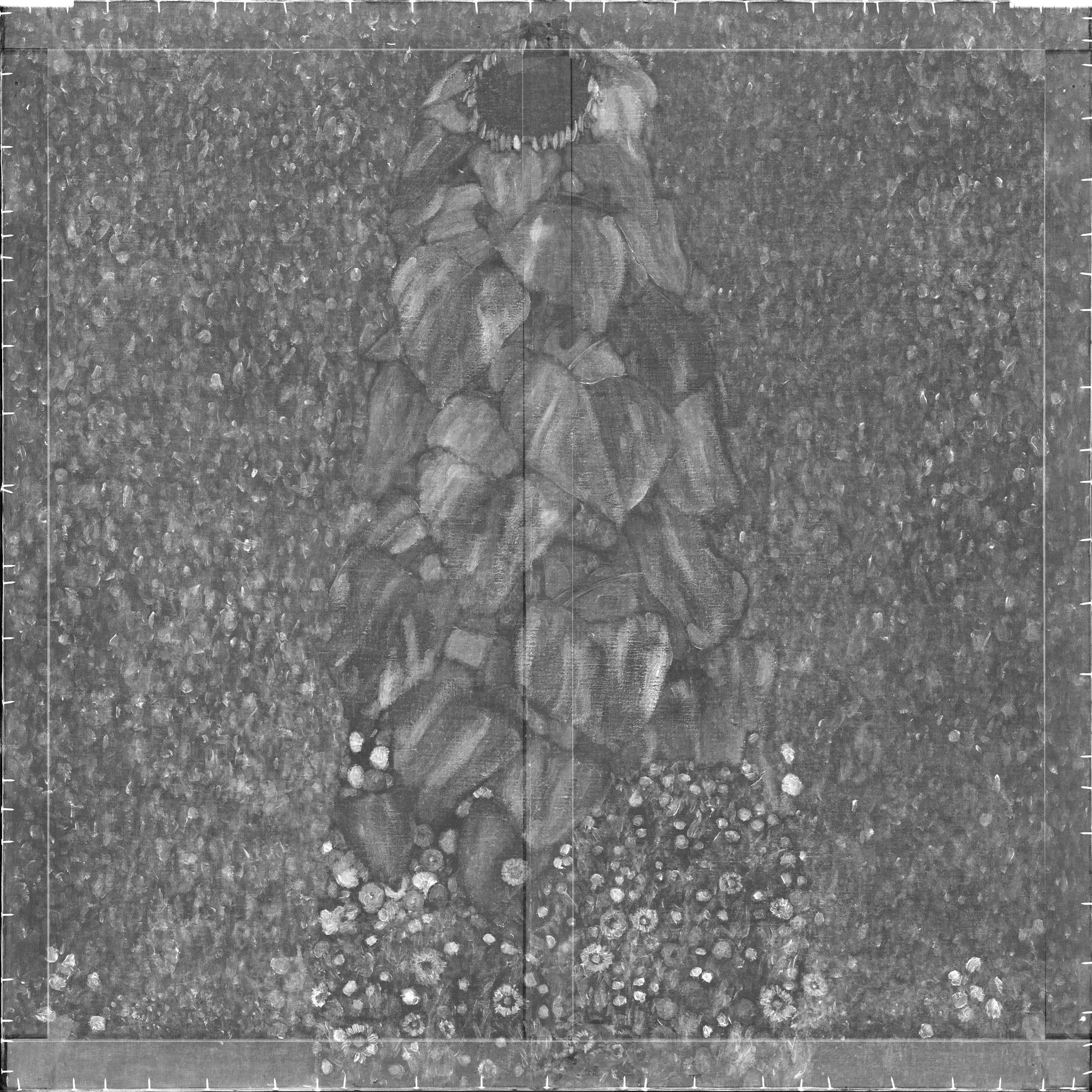
Sonnenblume, Gustav Klimt, 1907 - 1908, 110×110 cm
